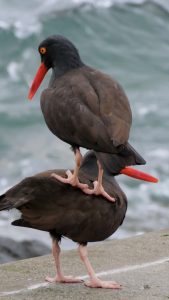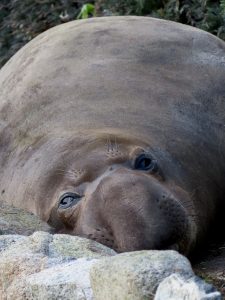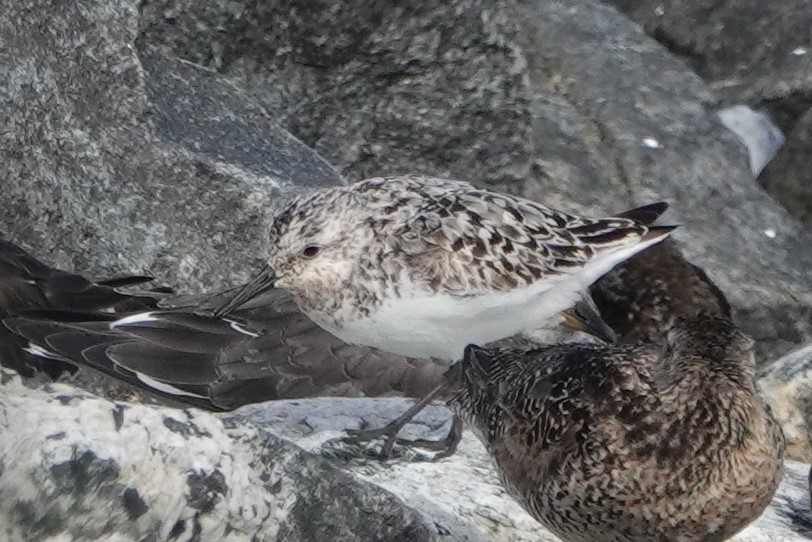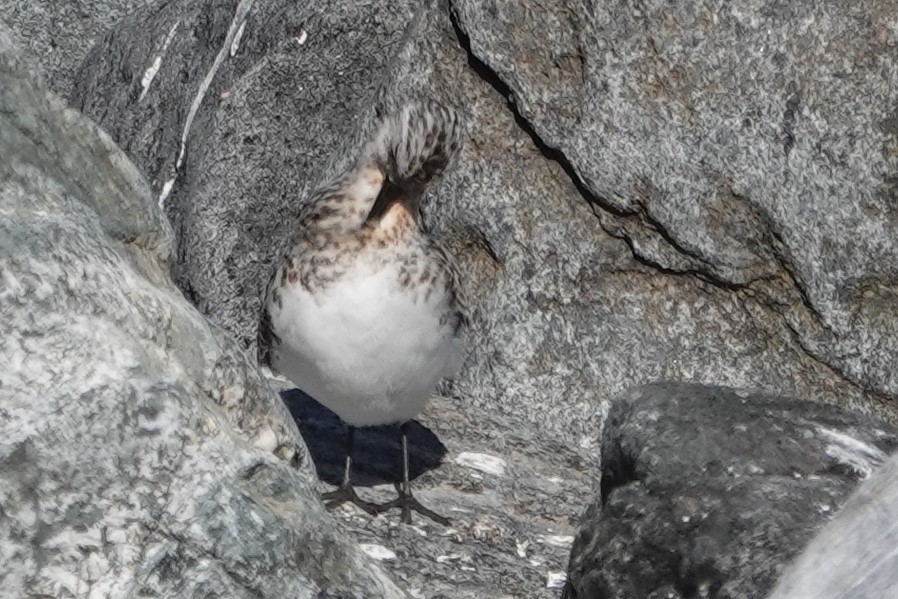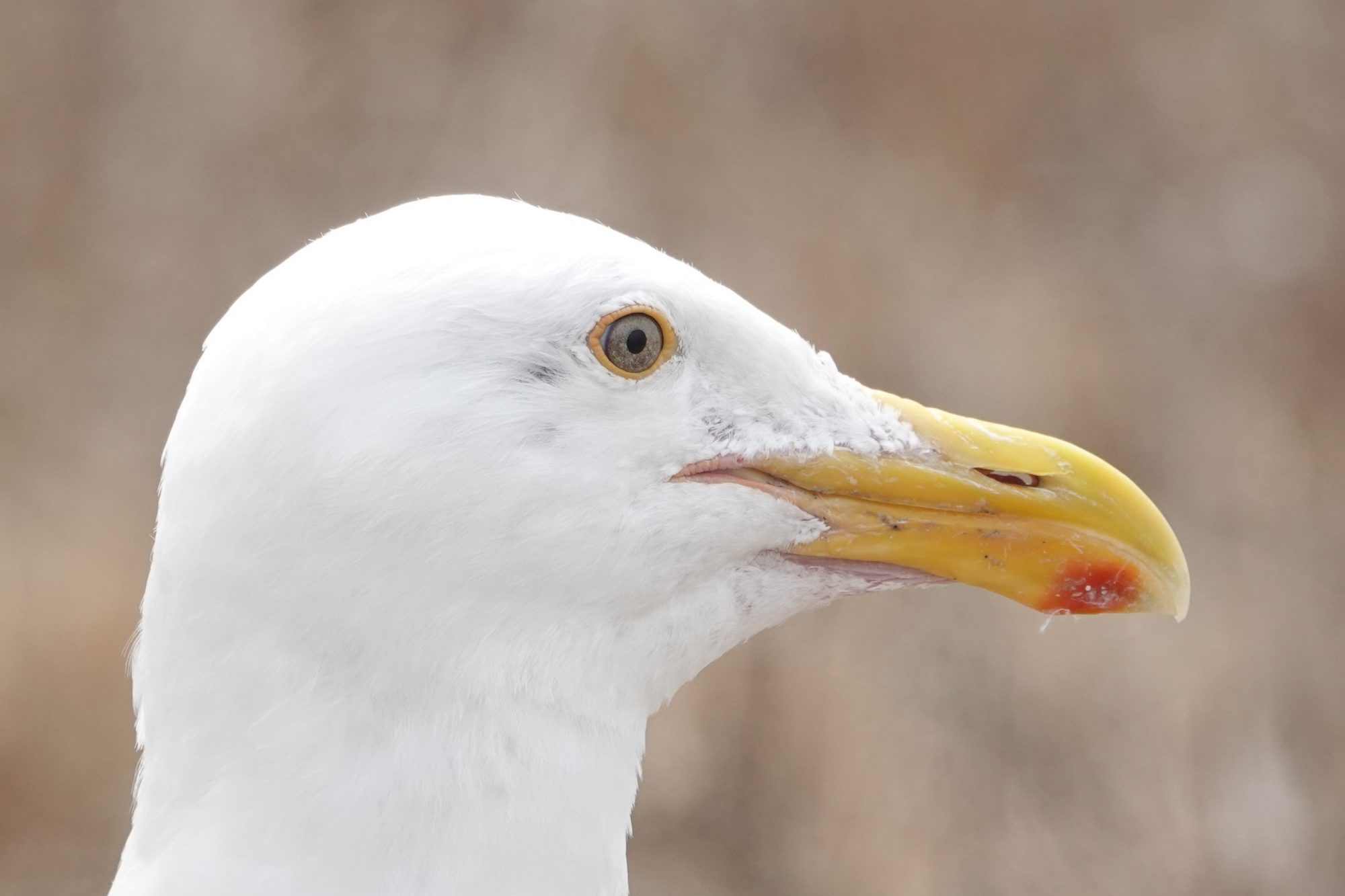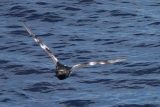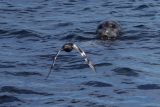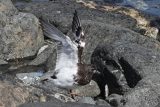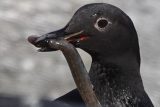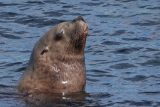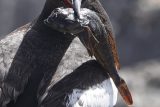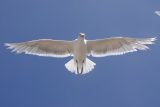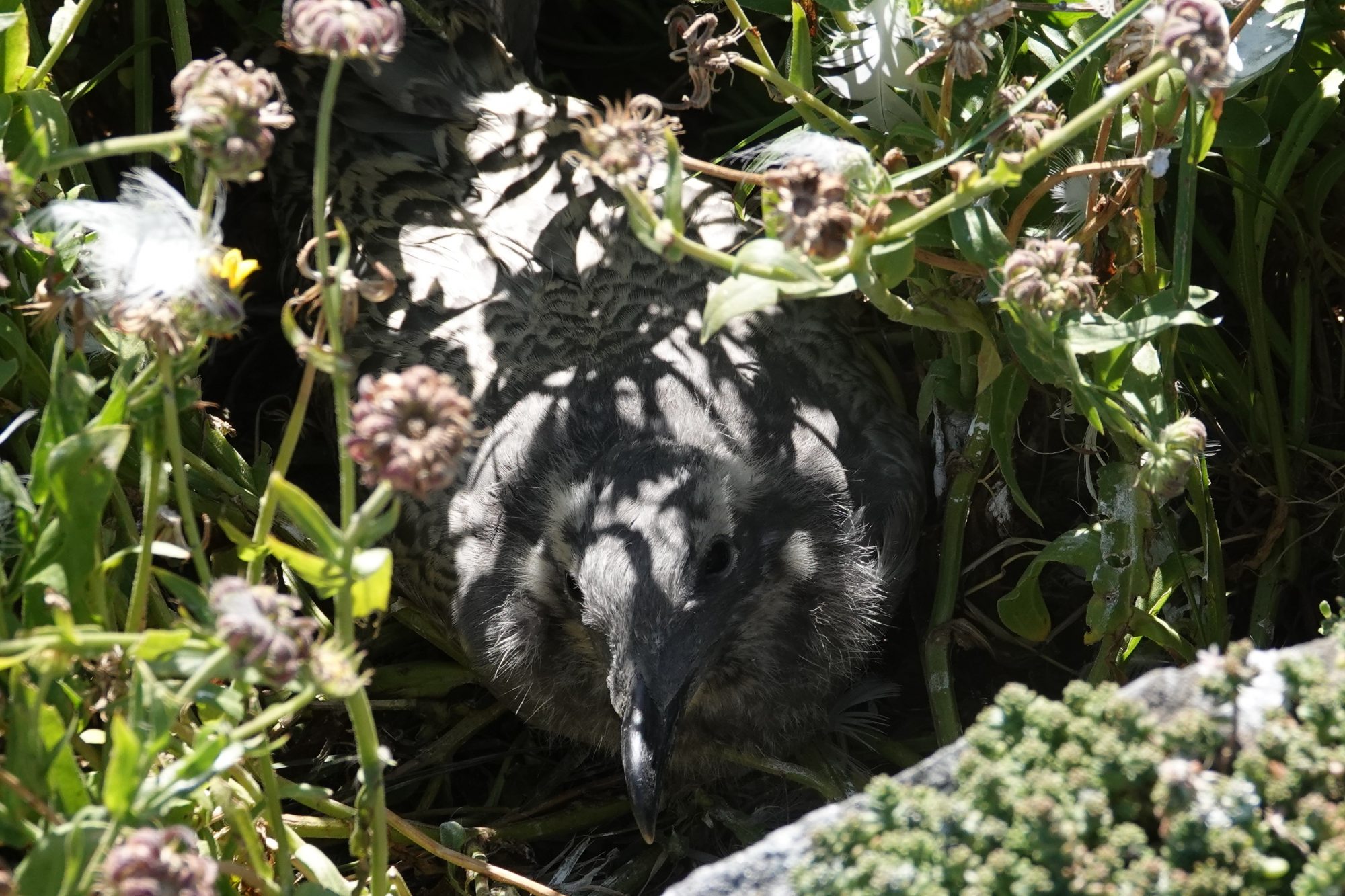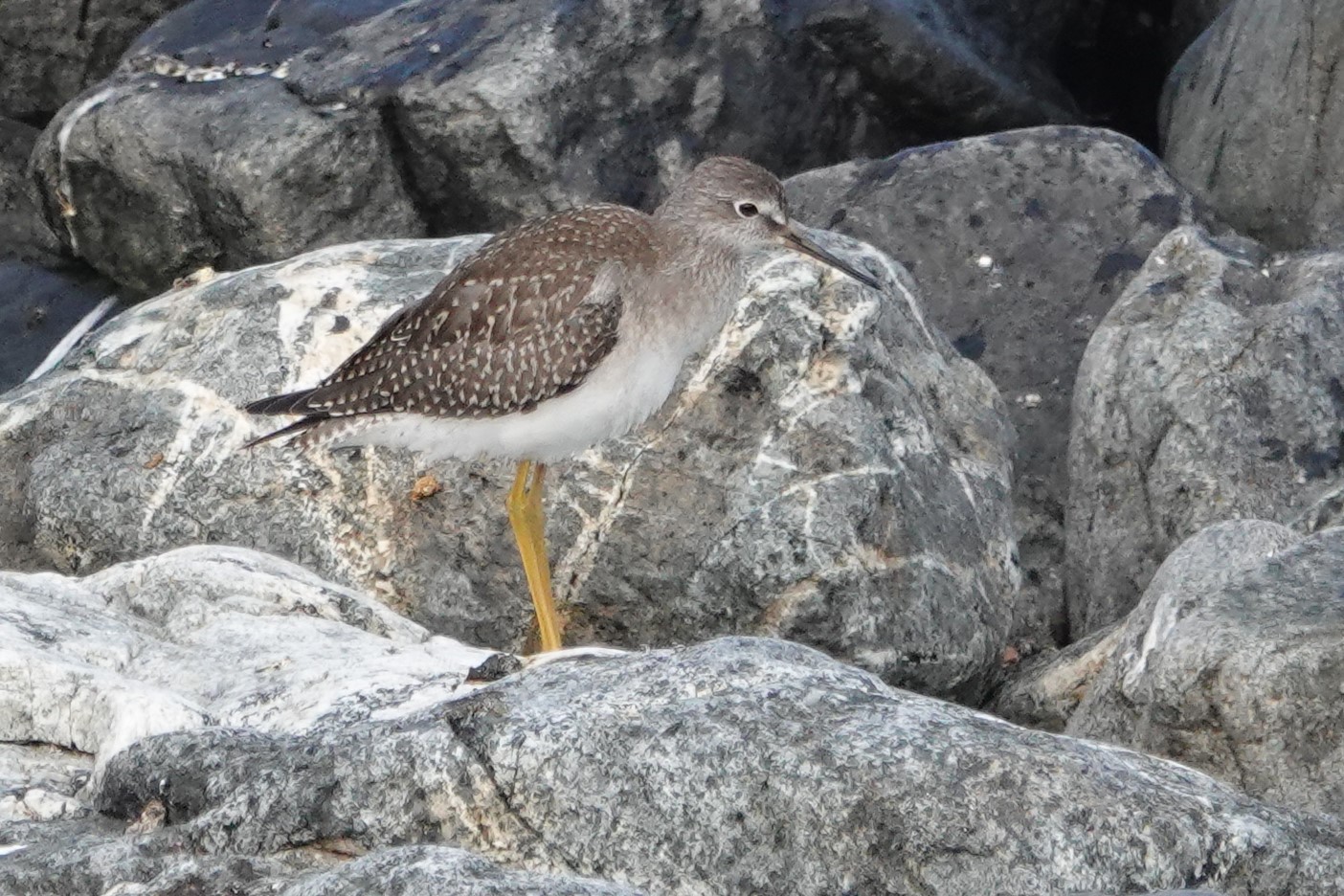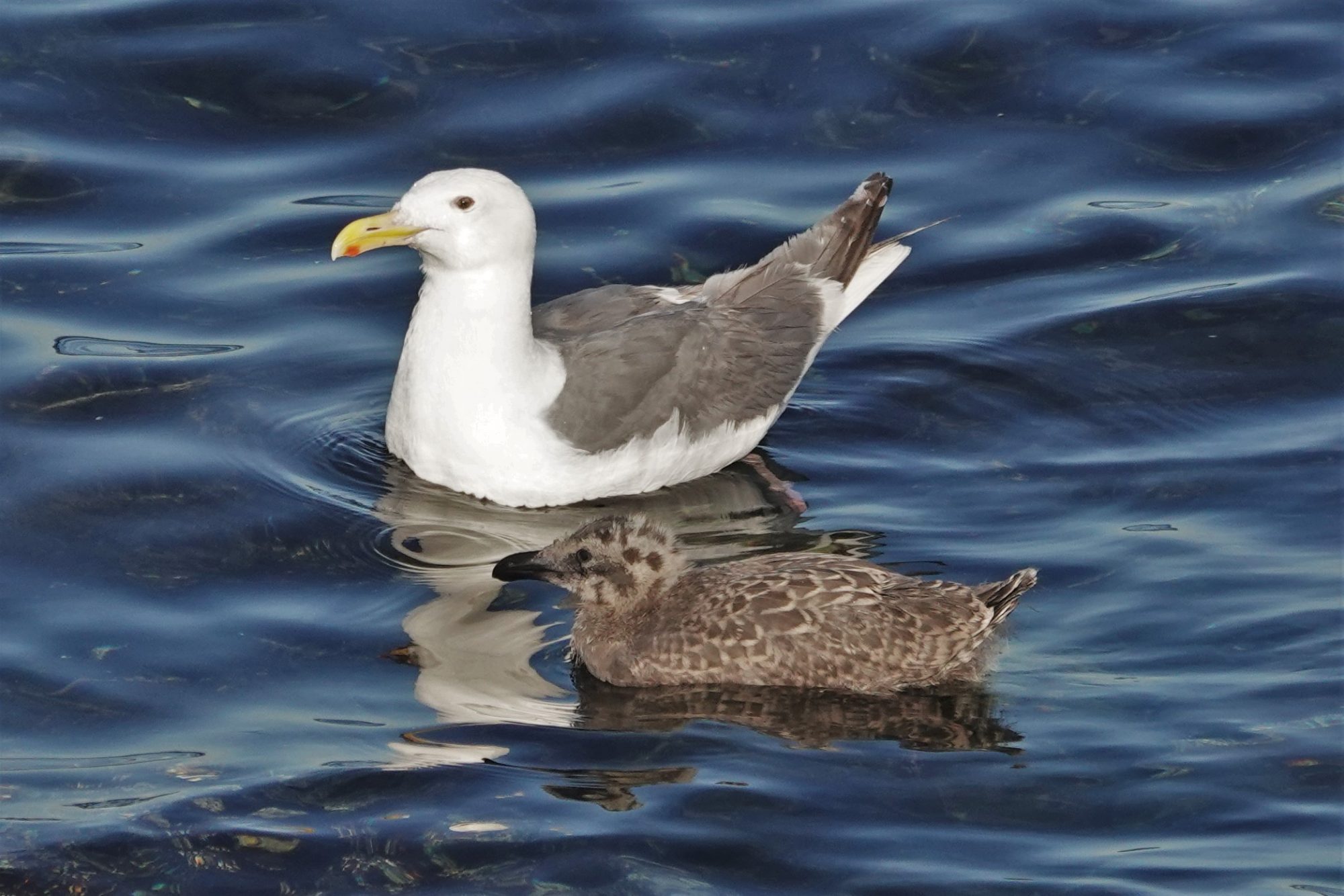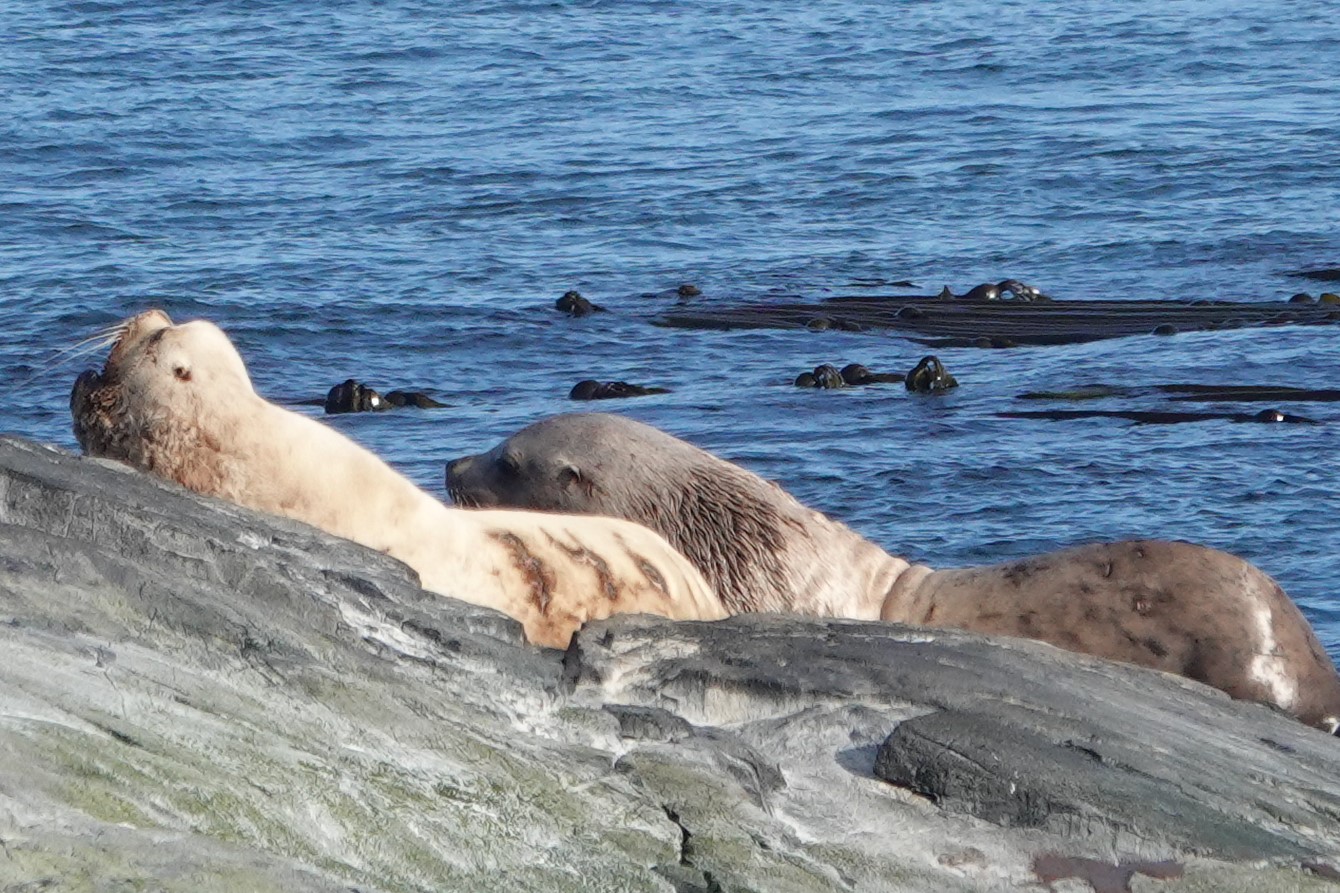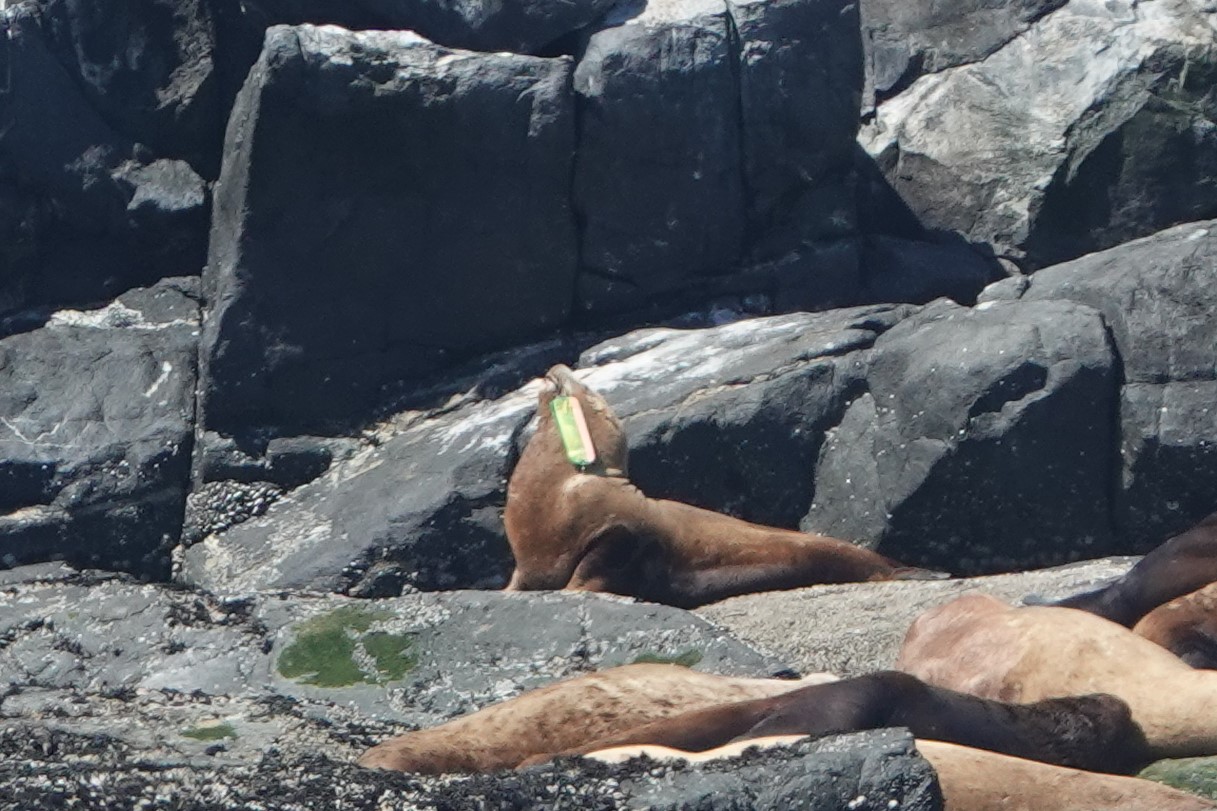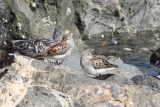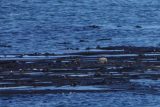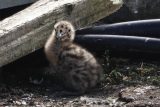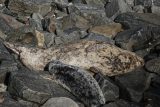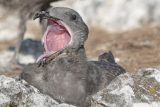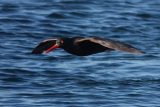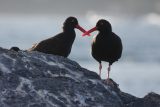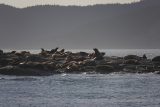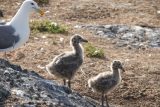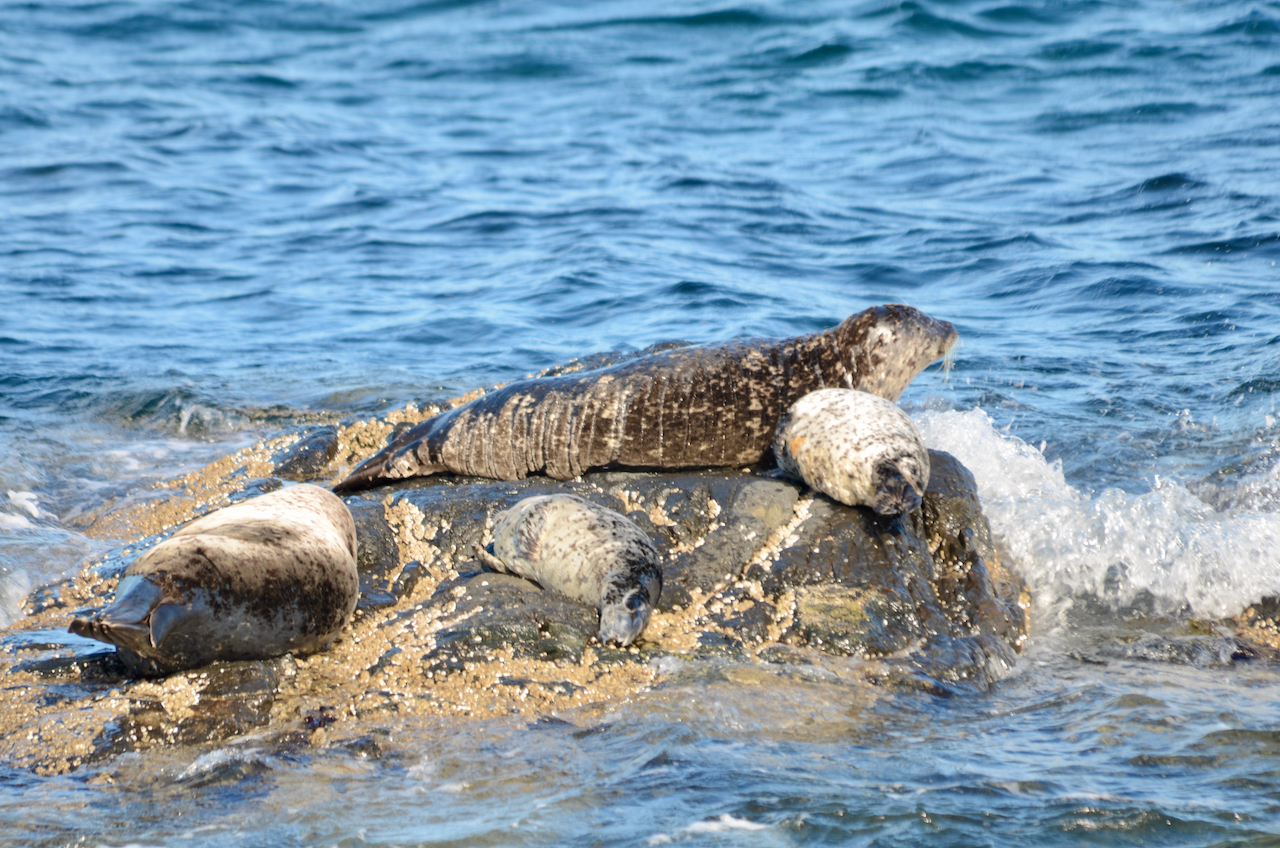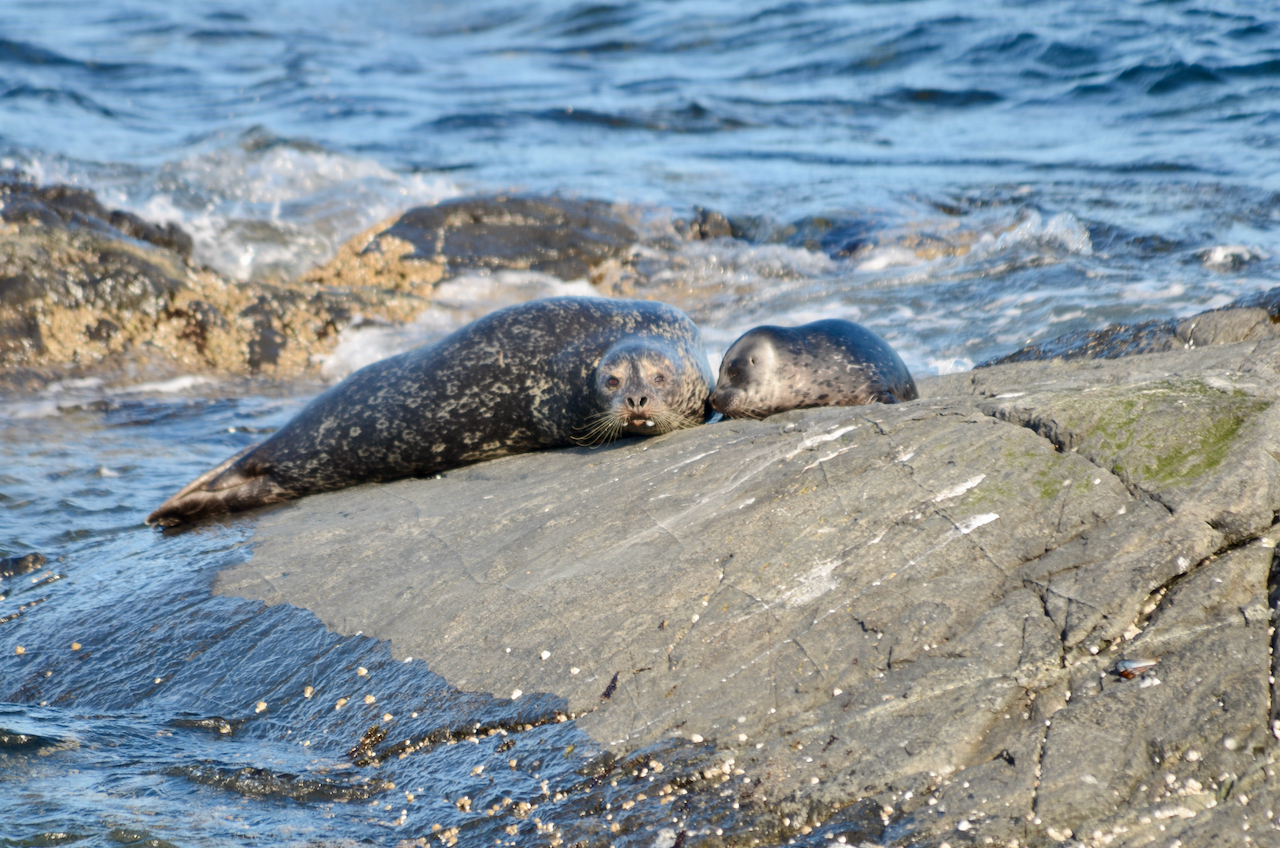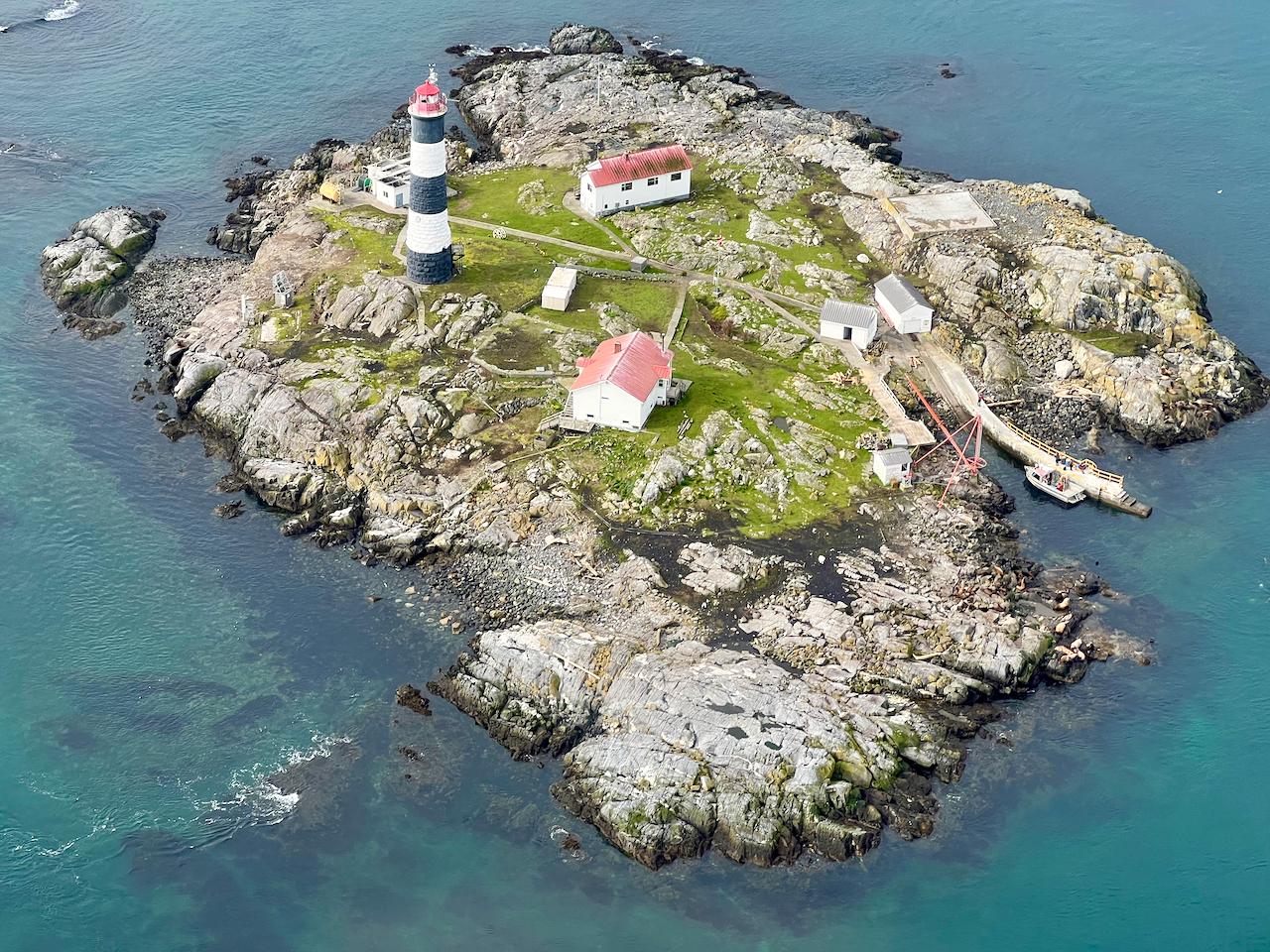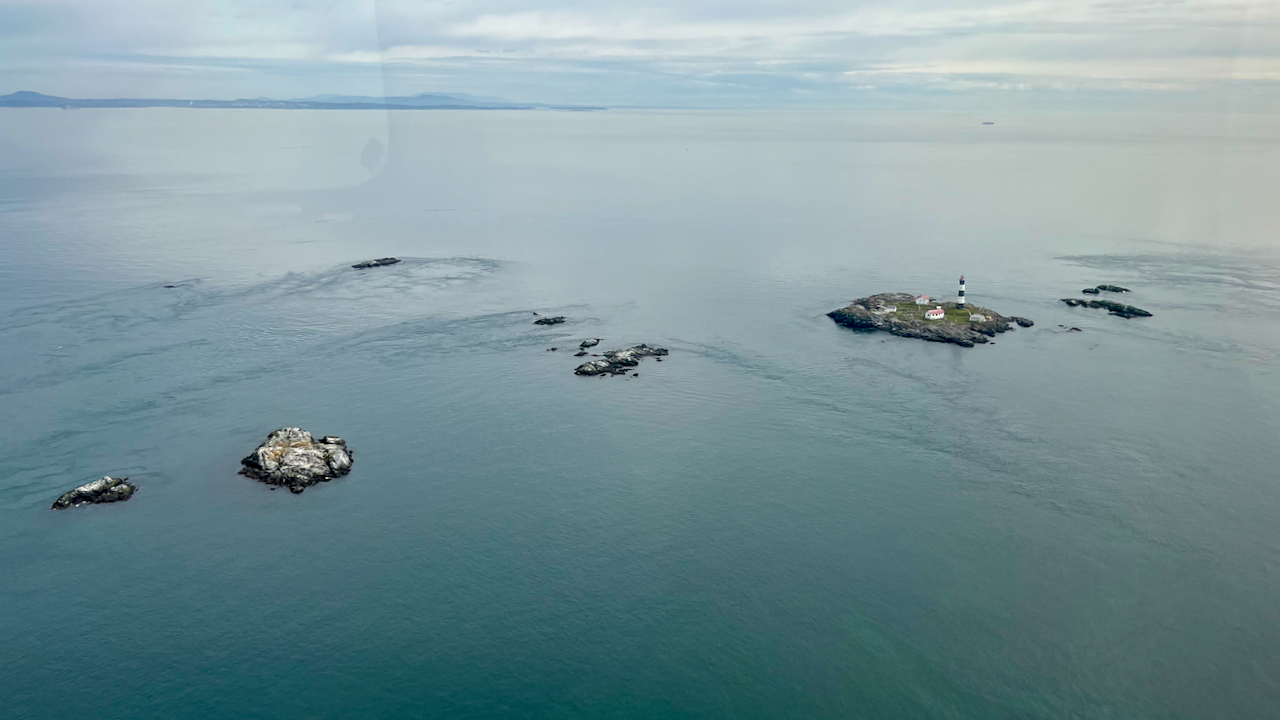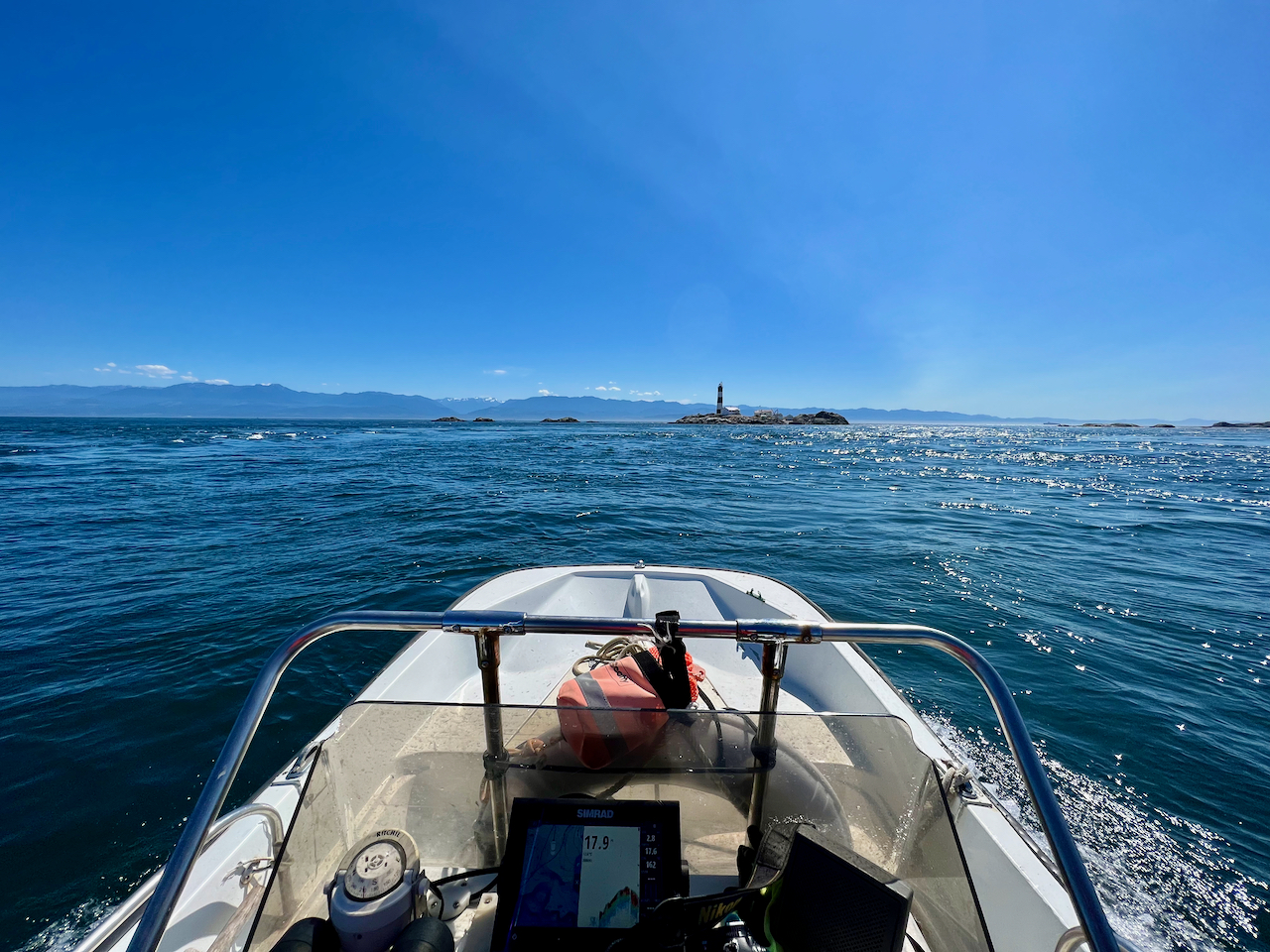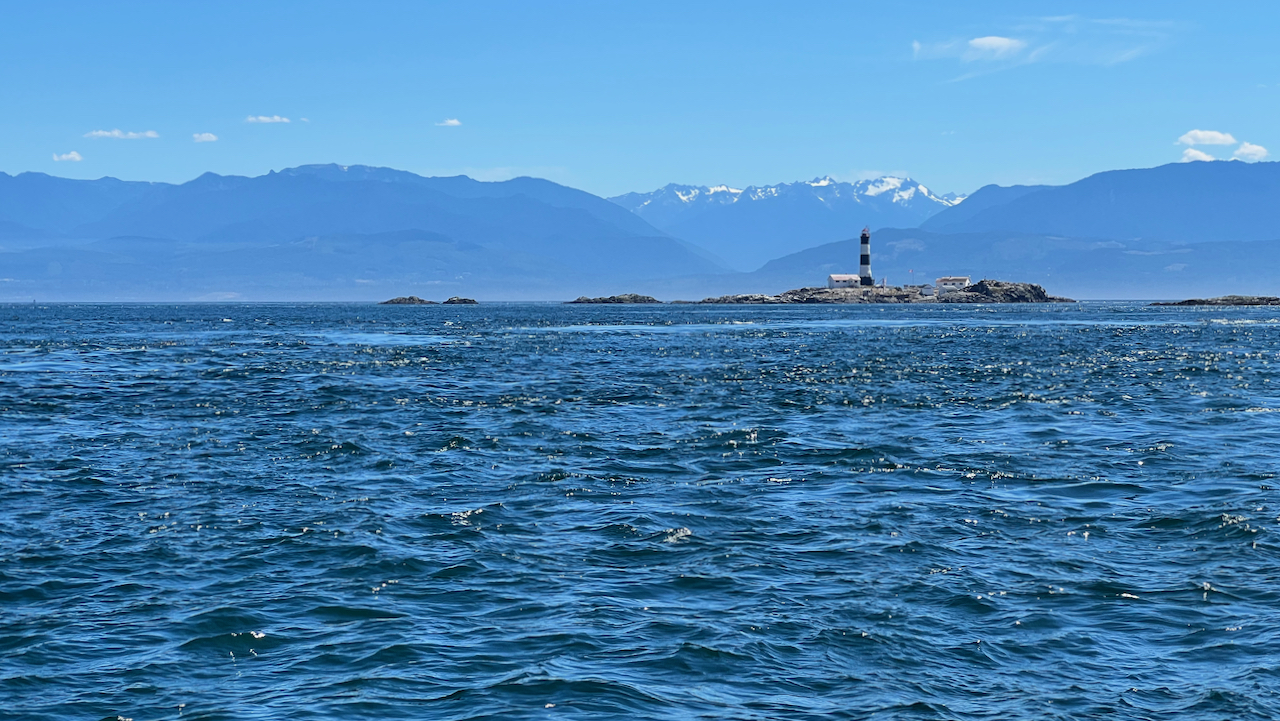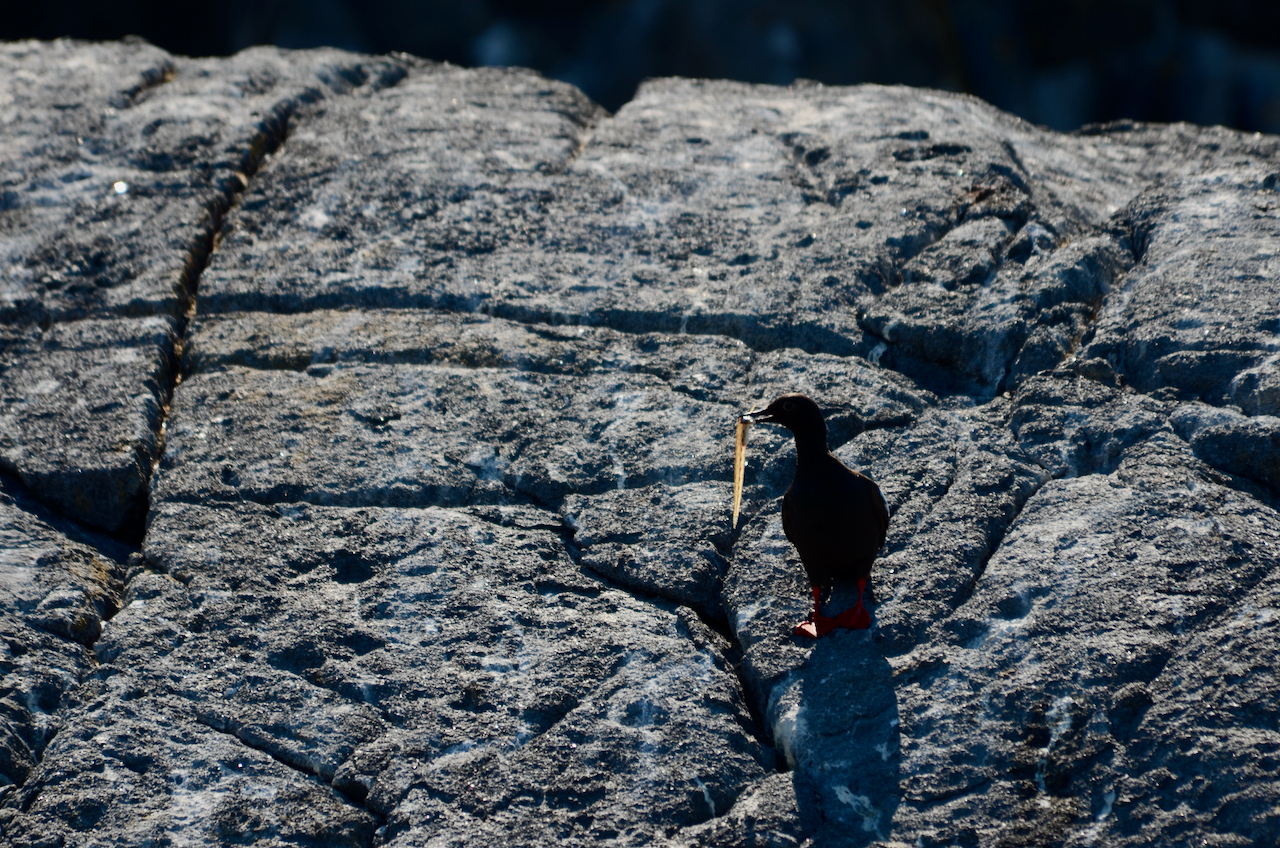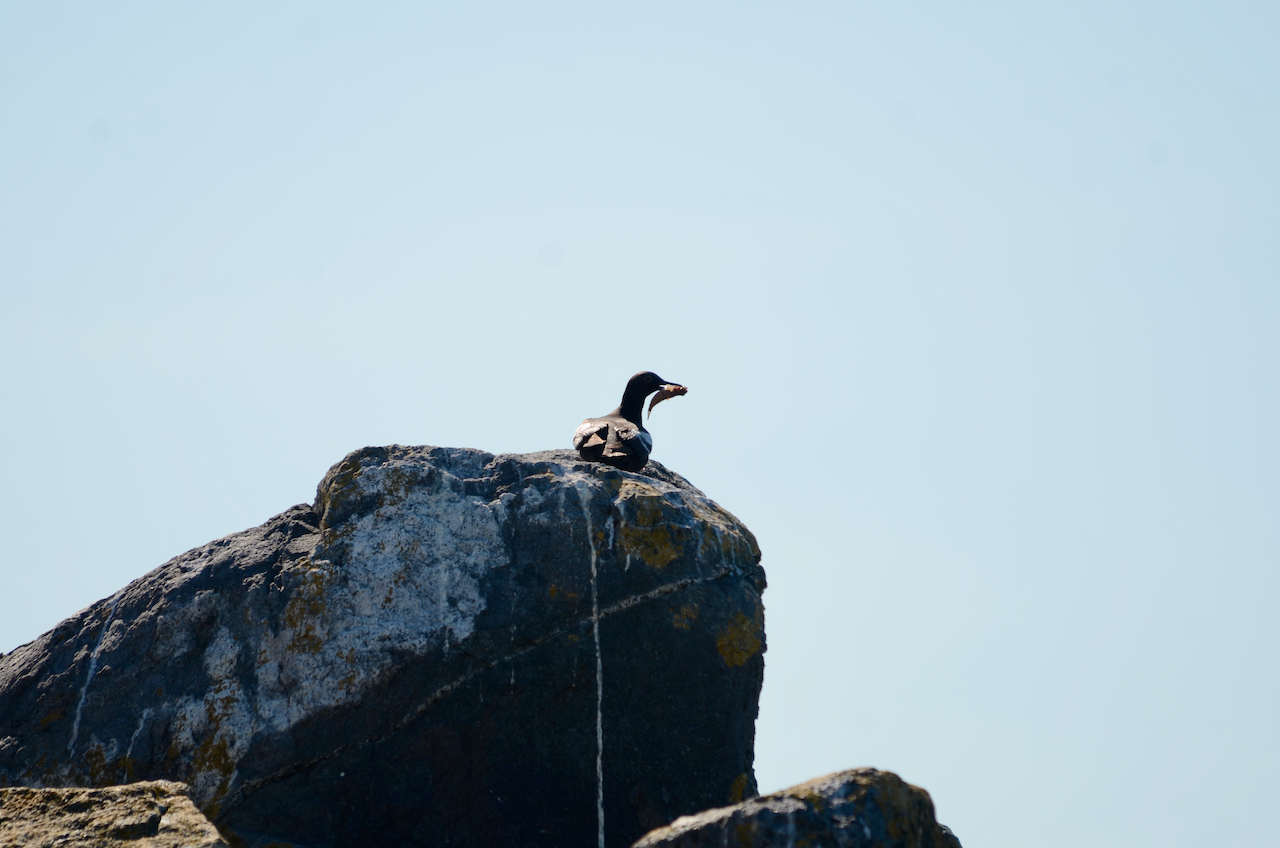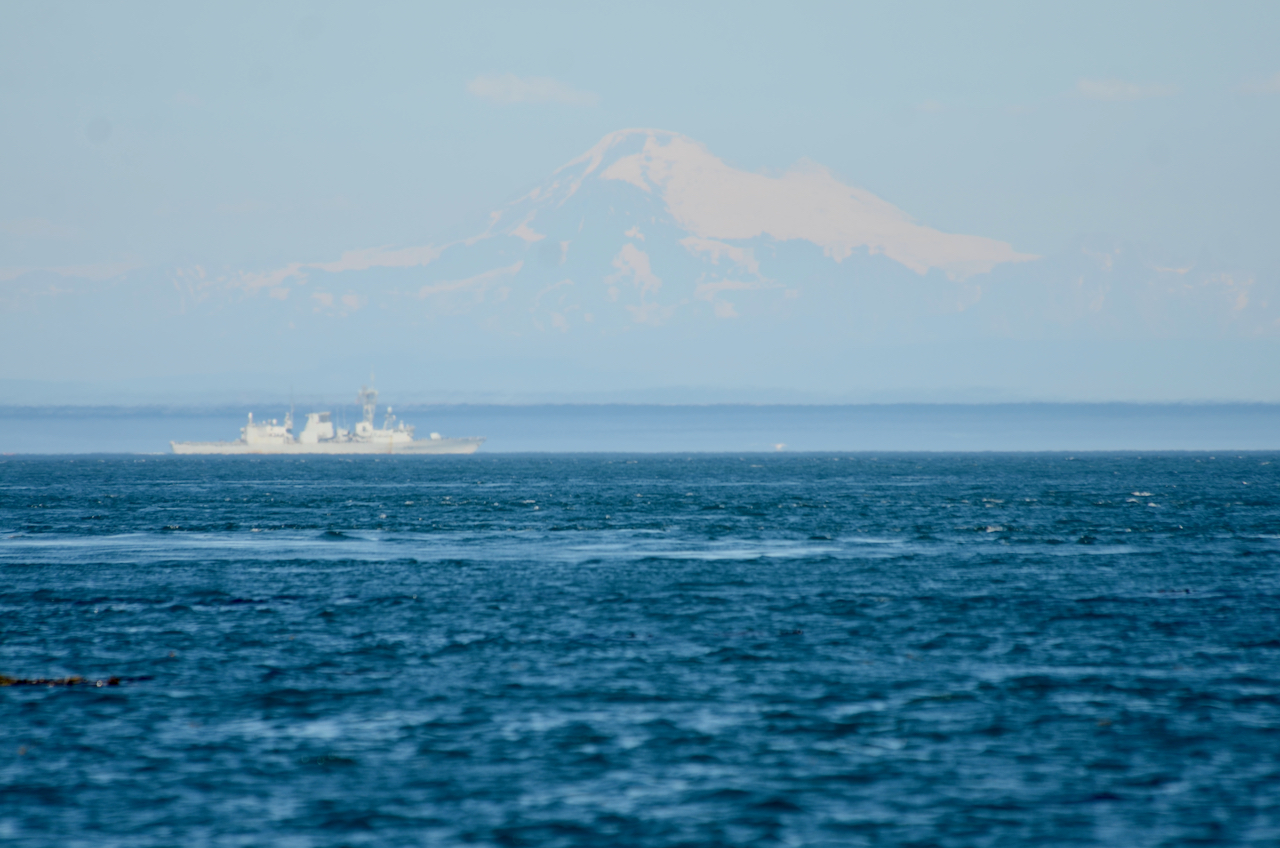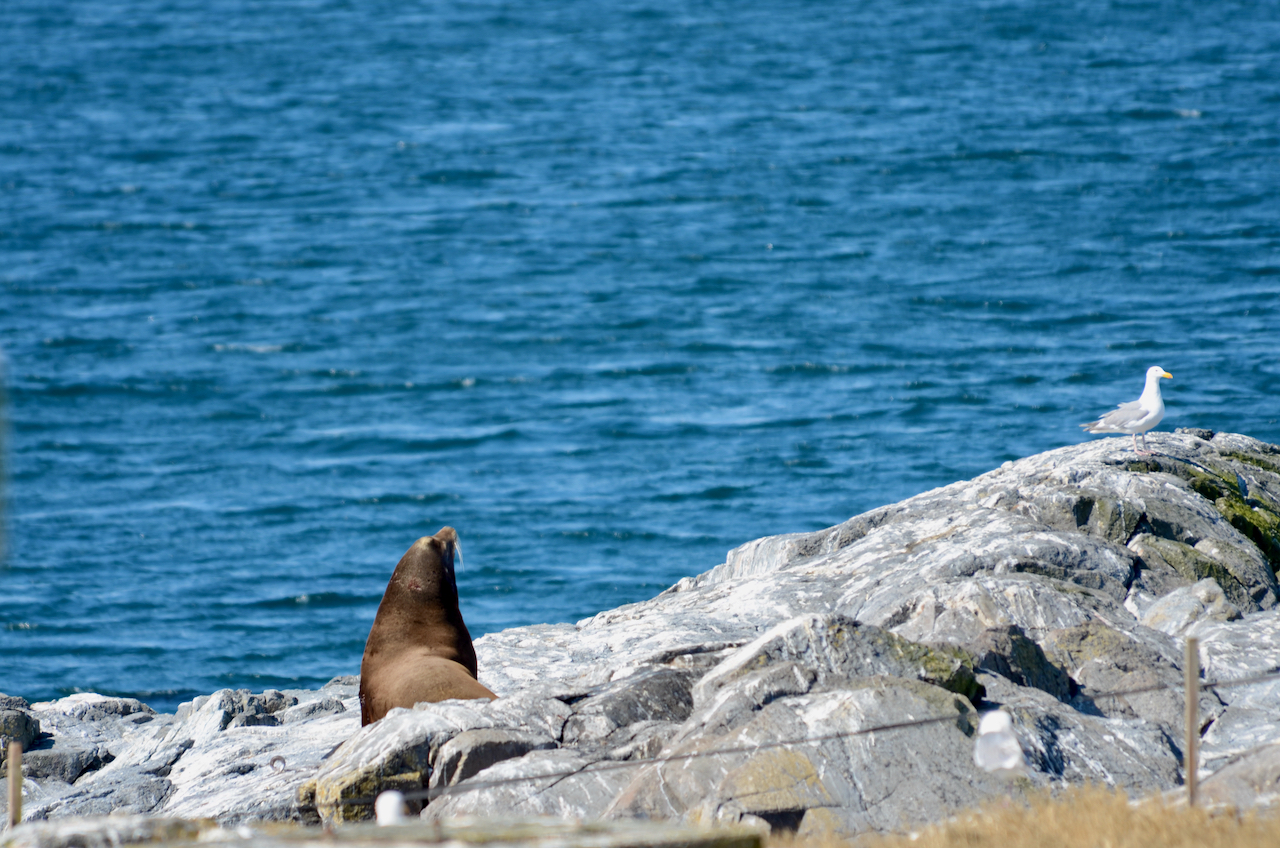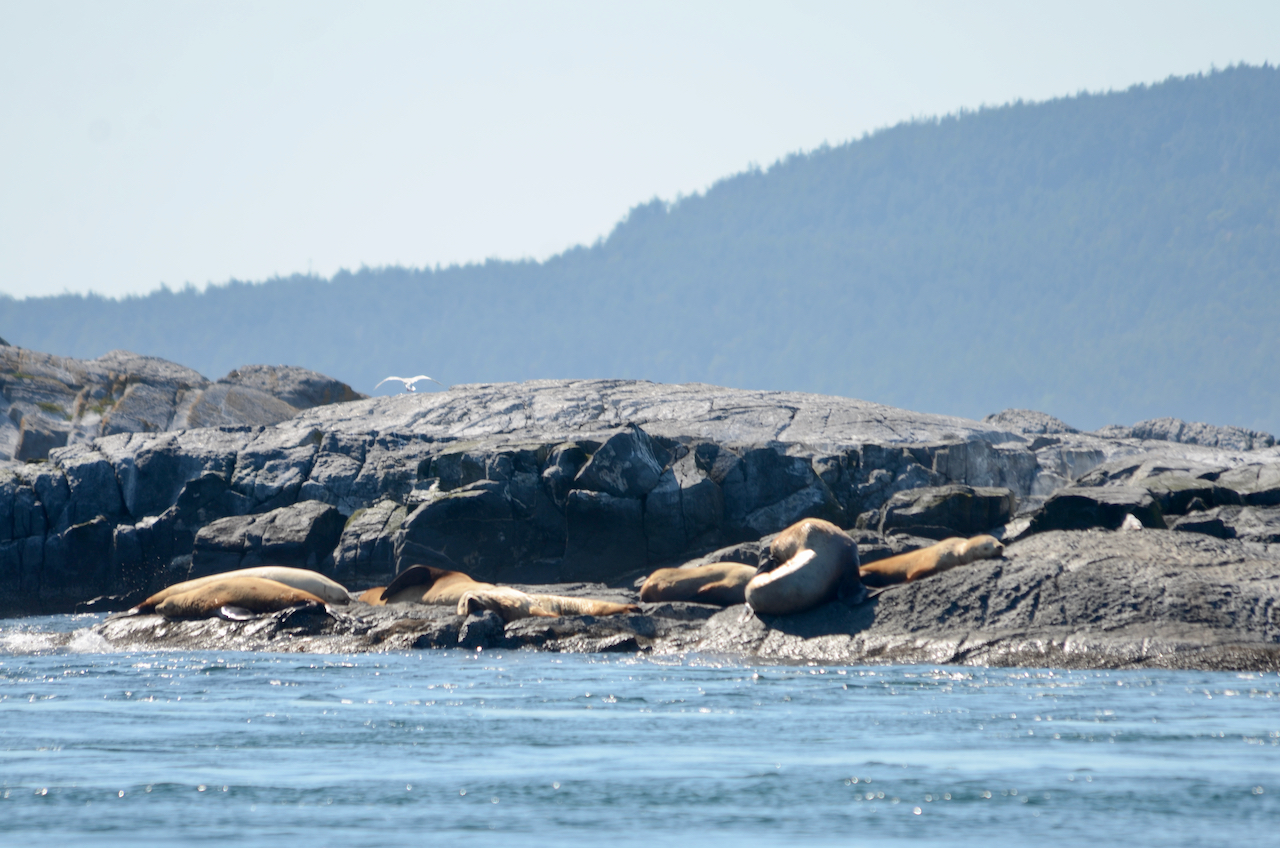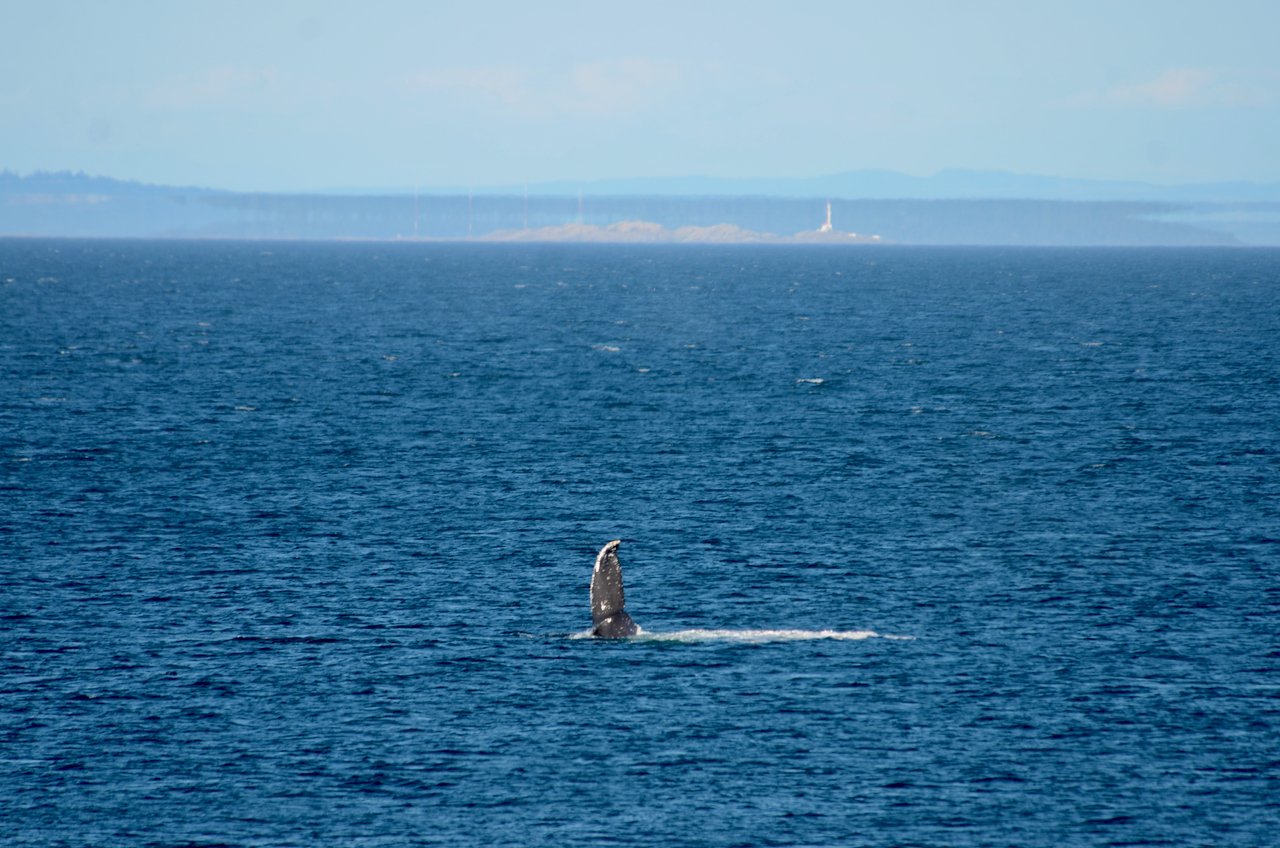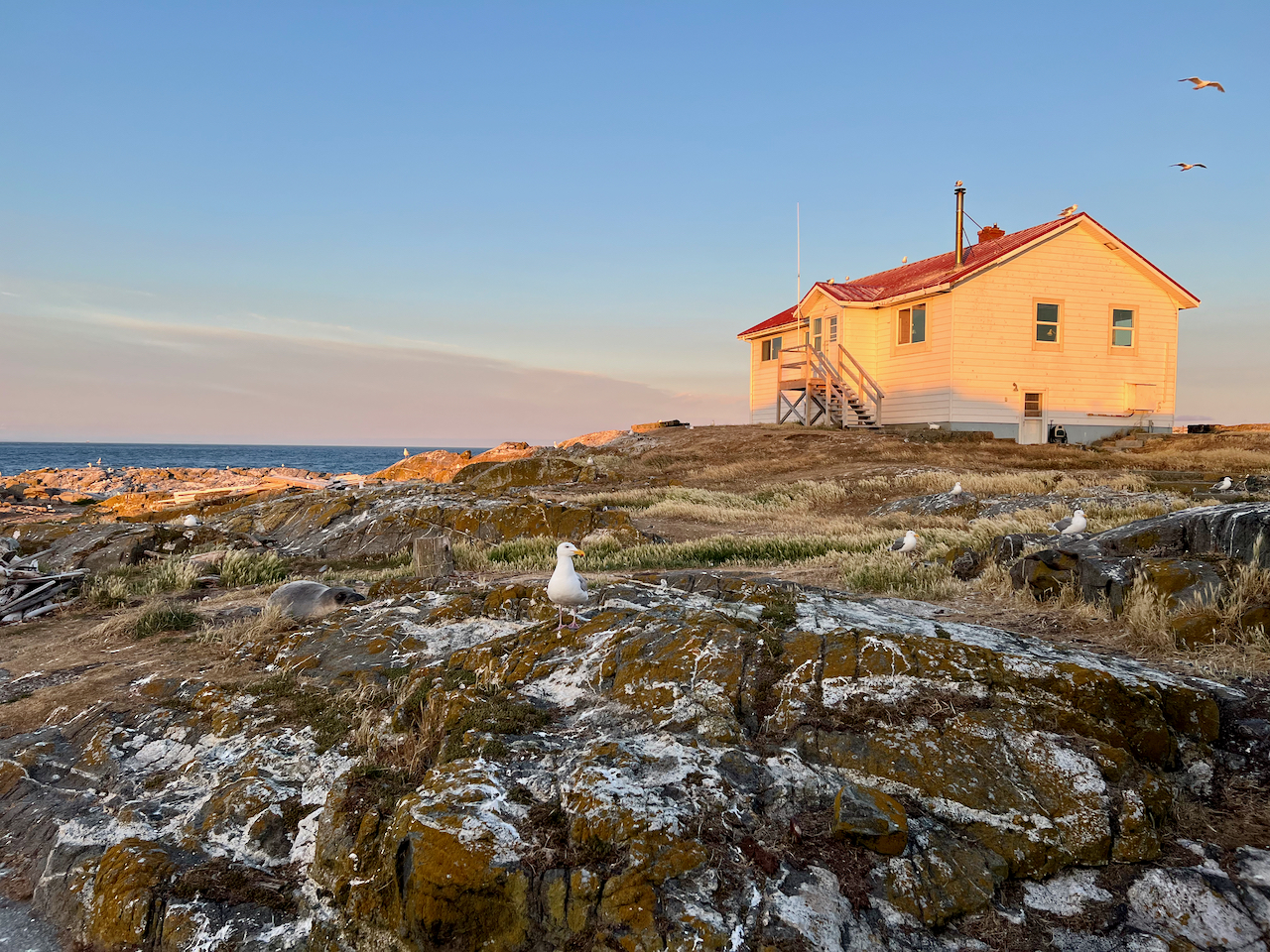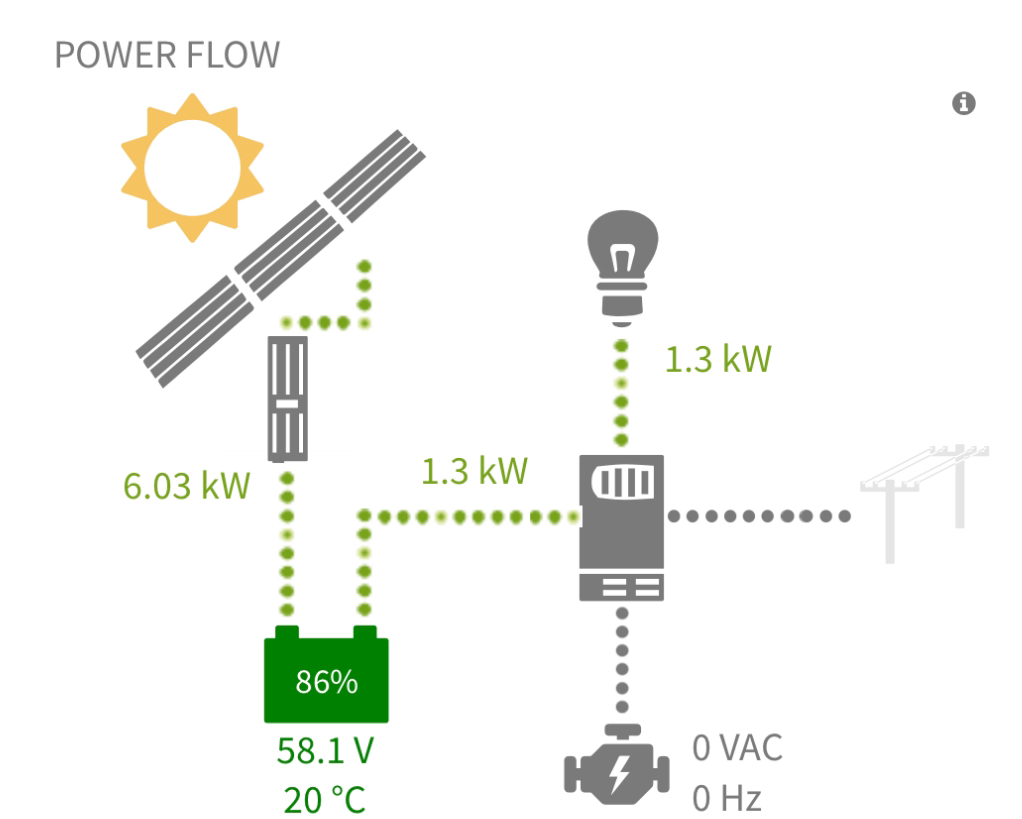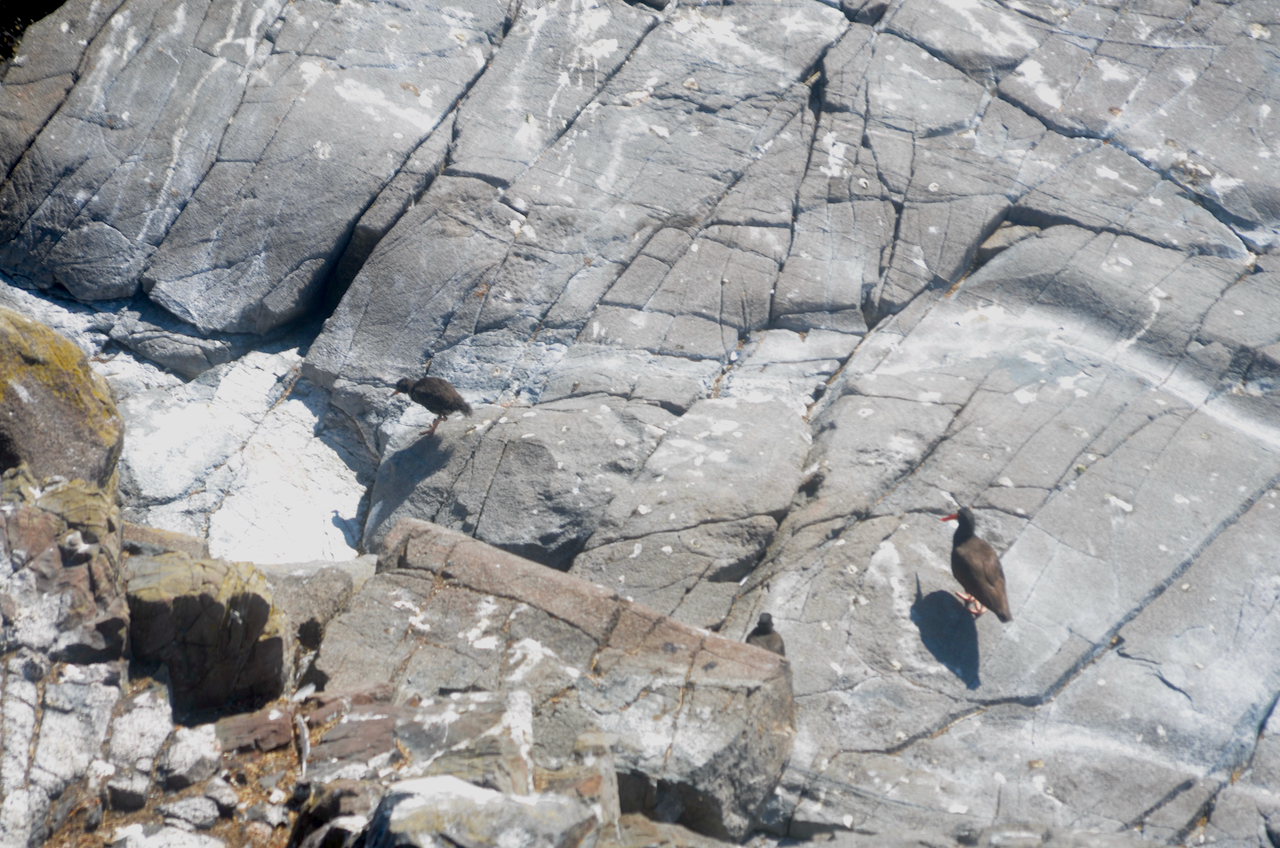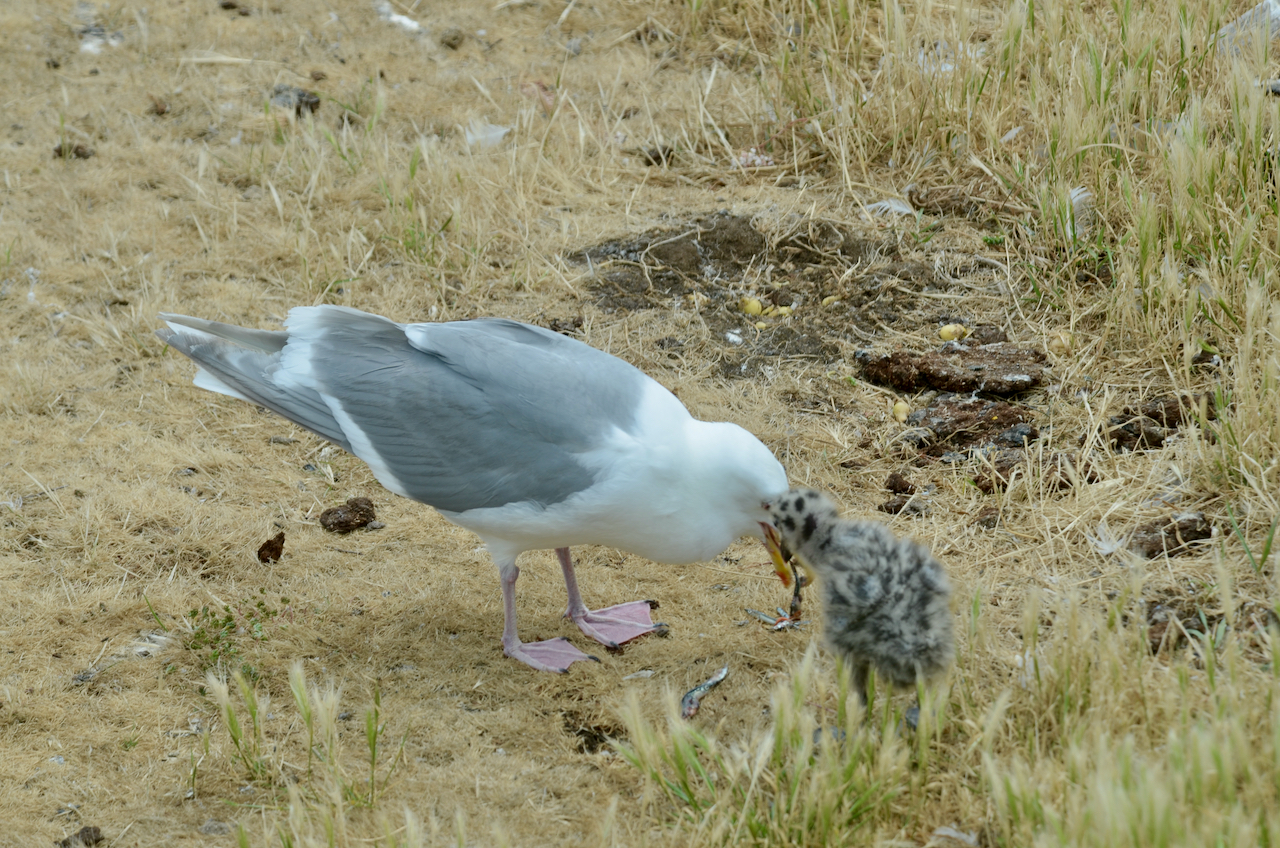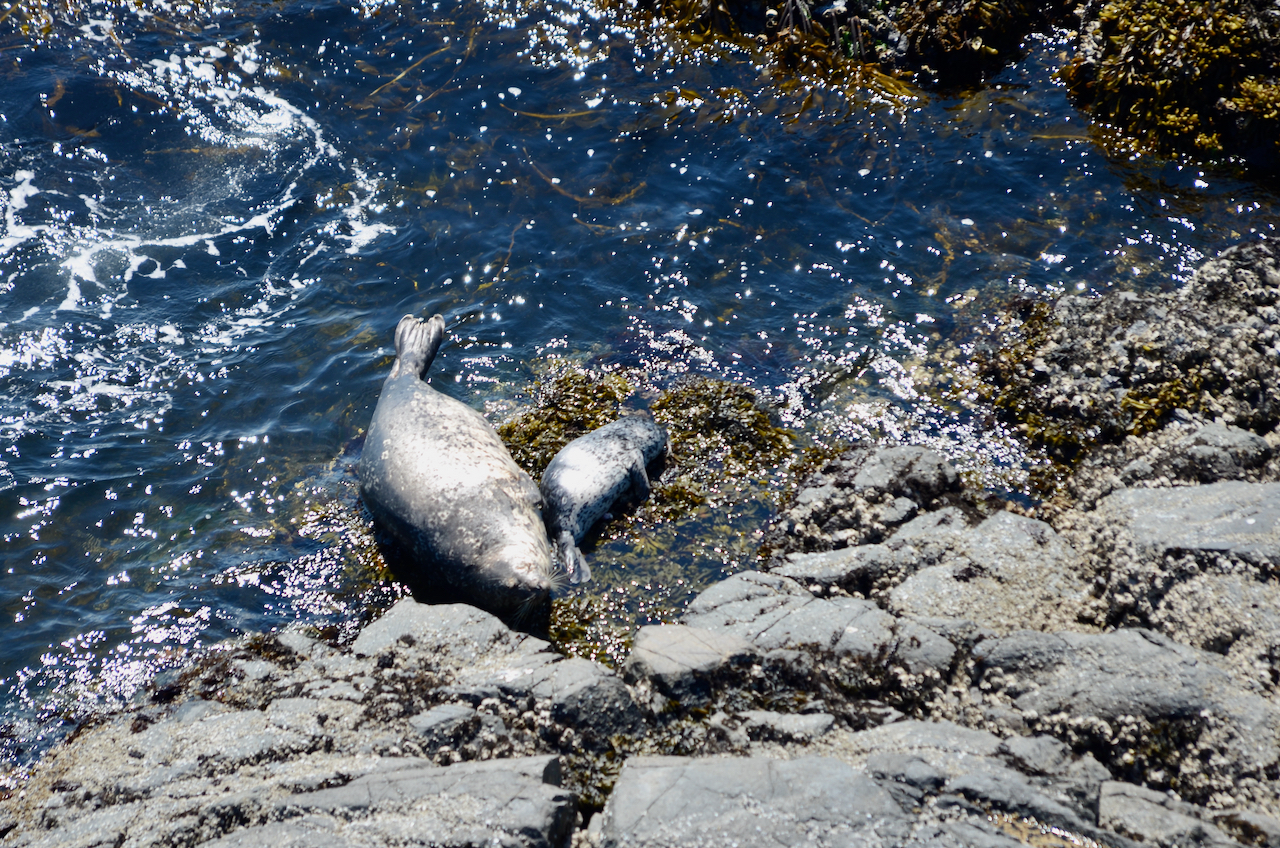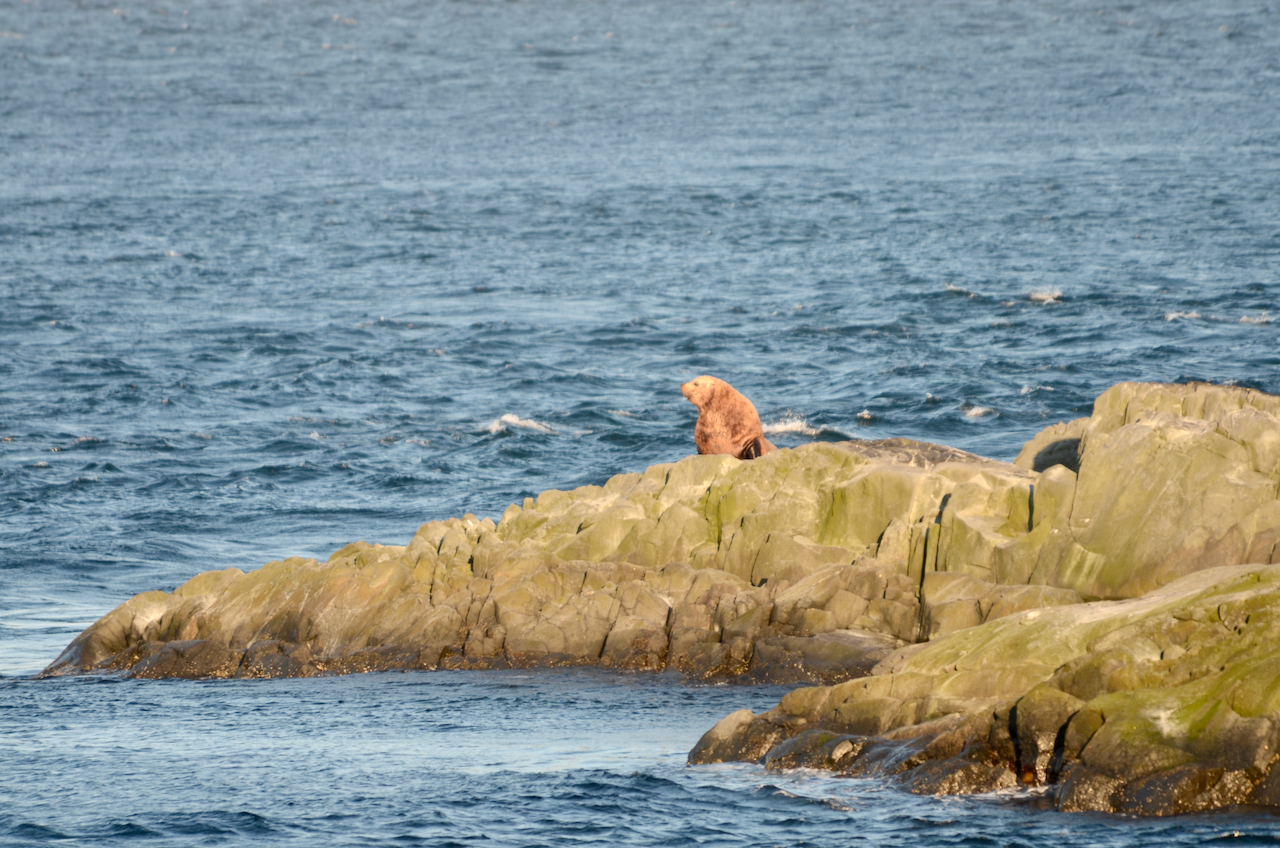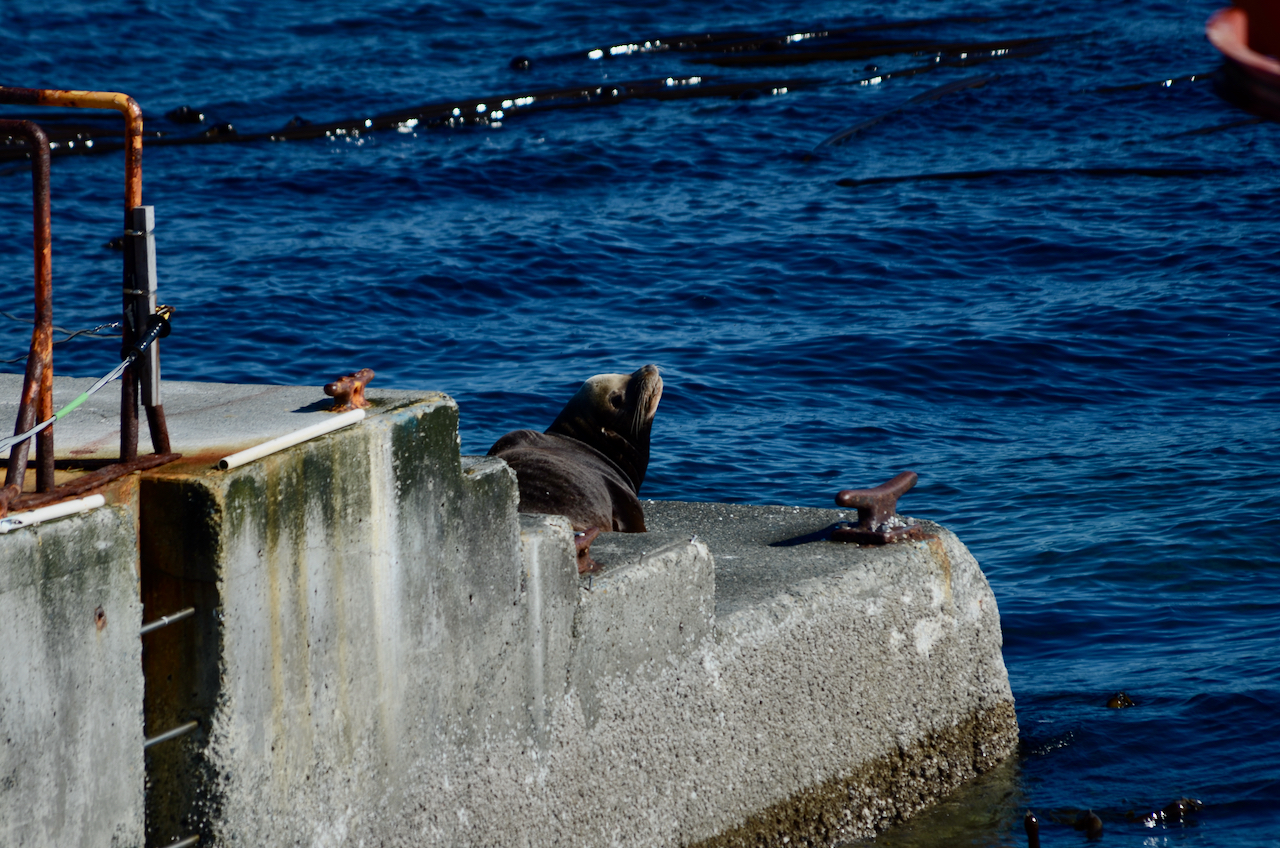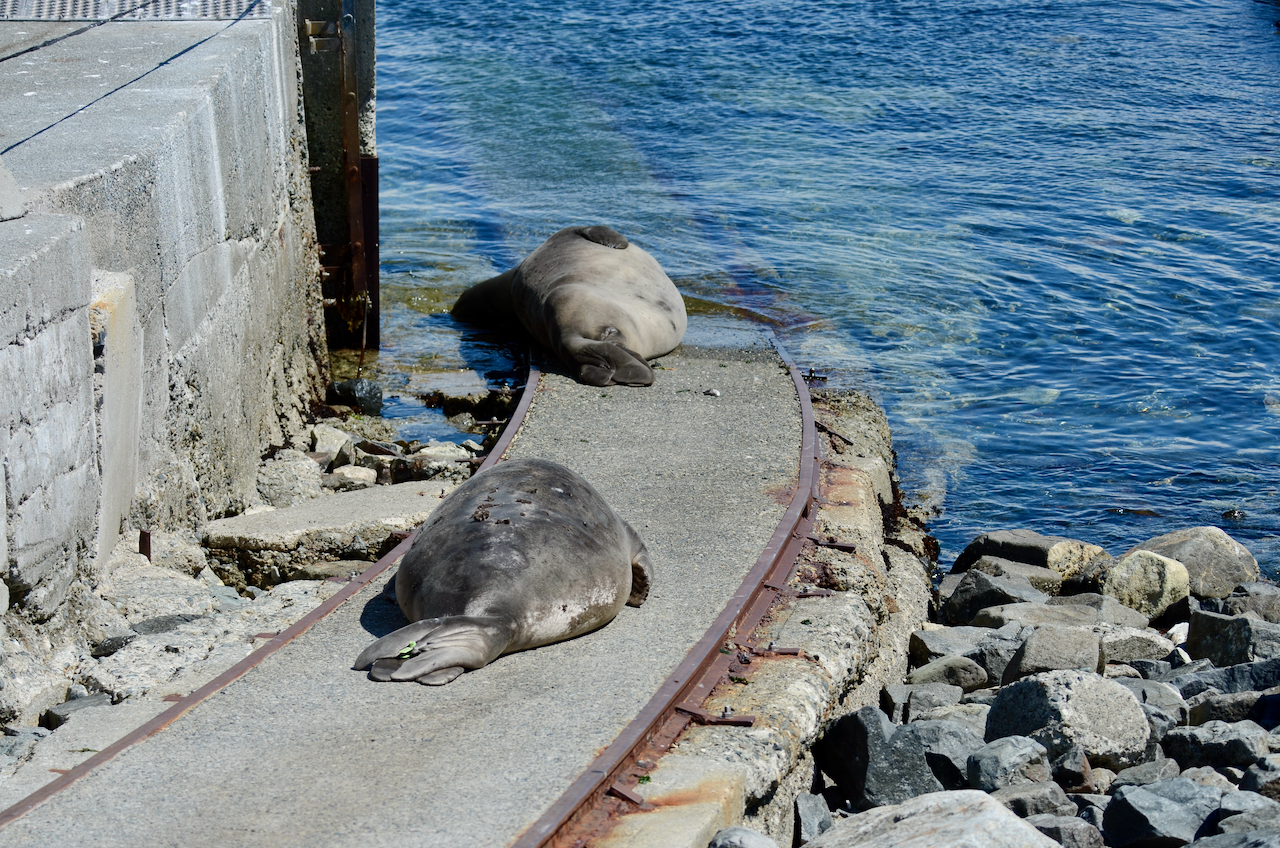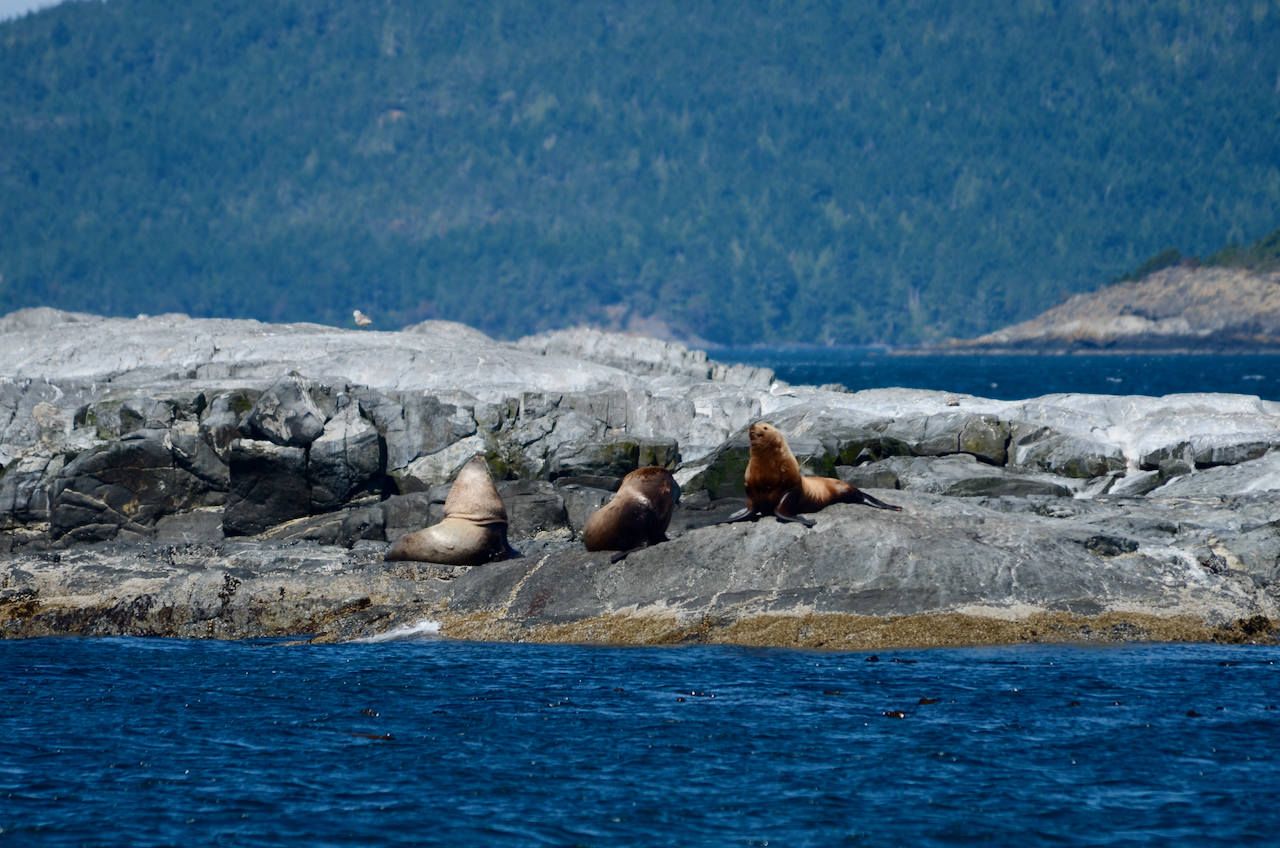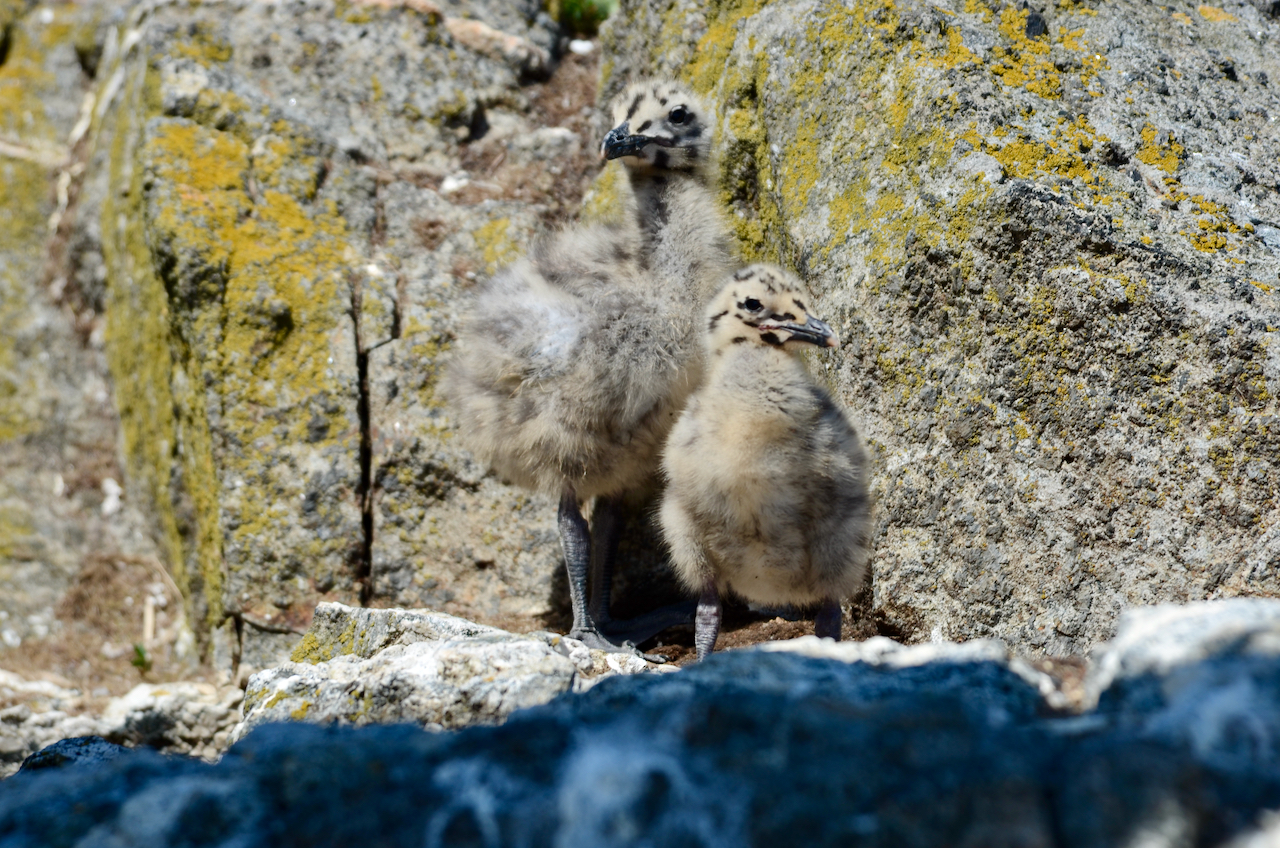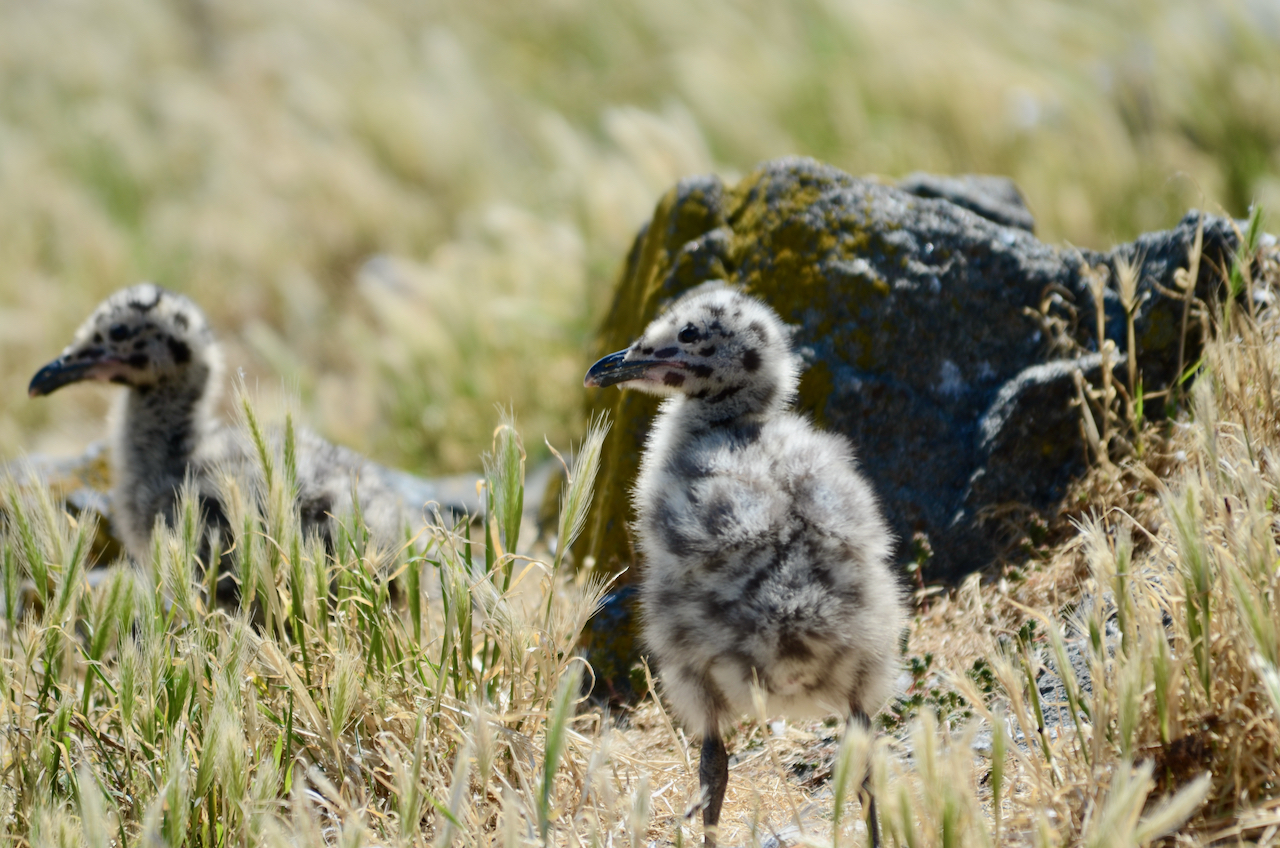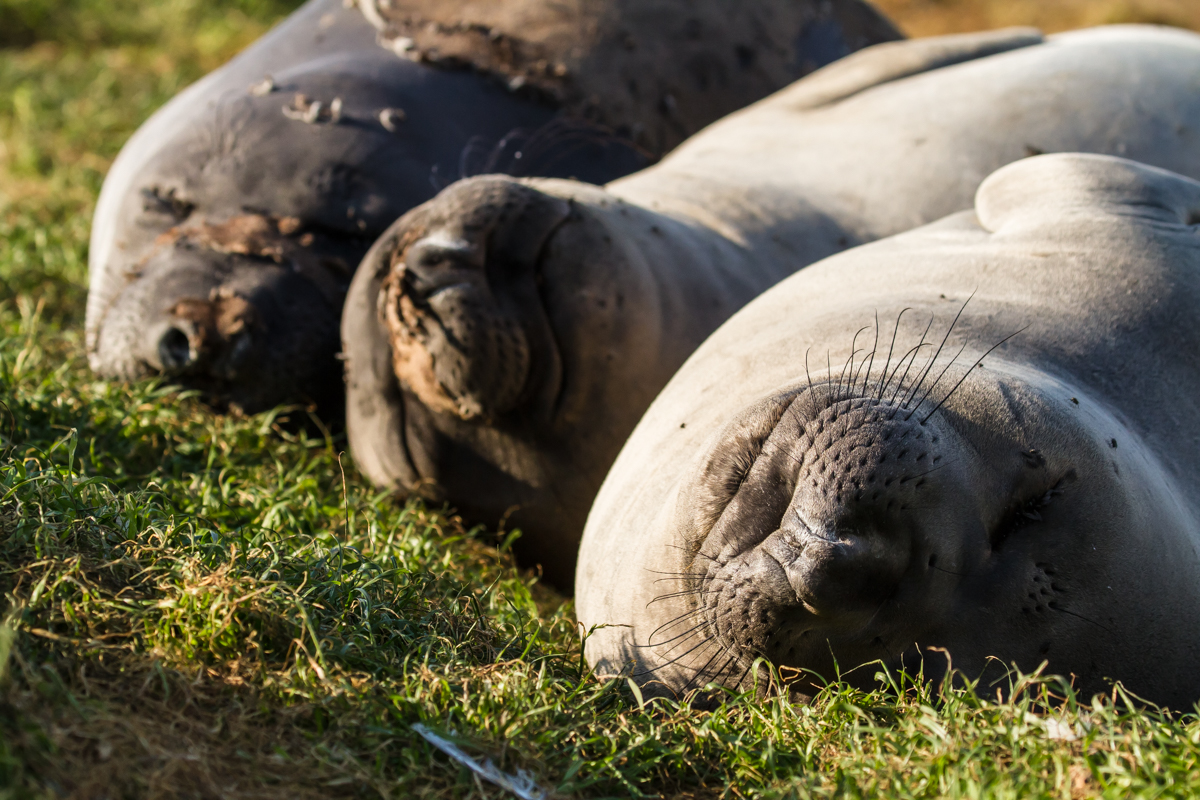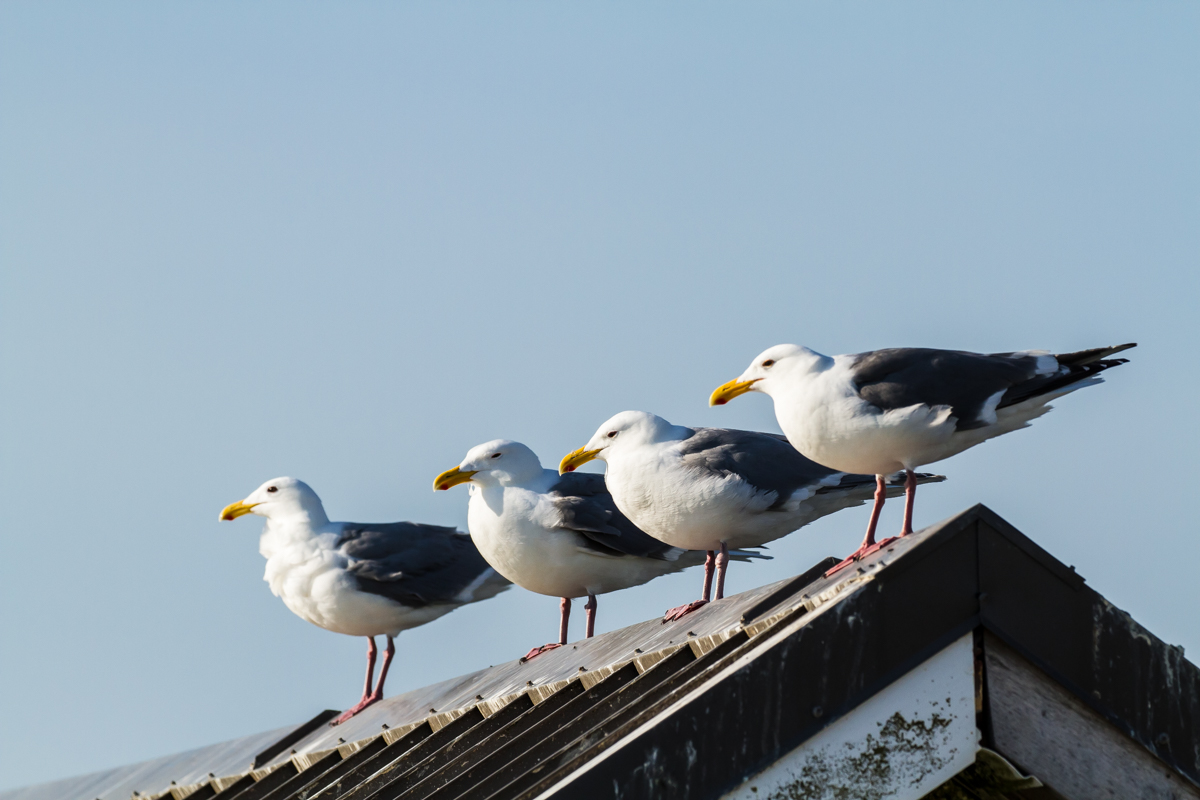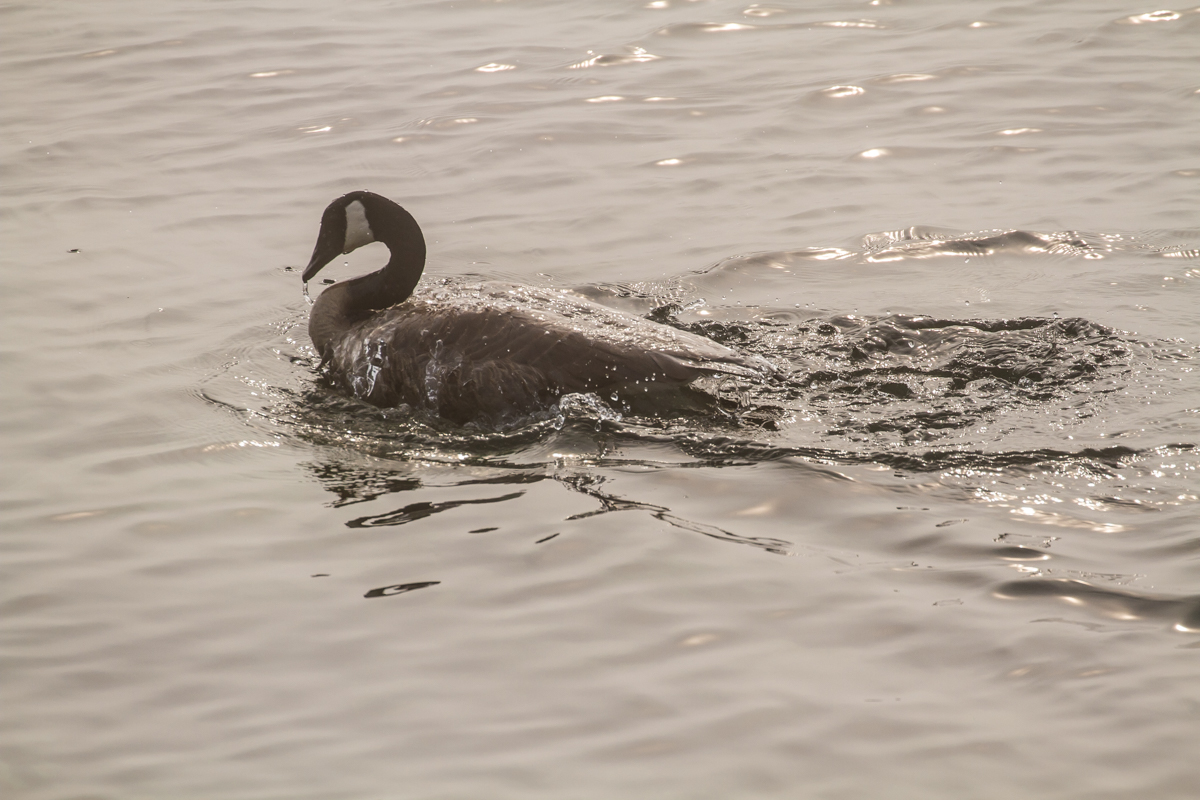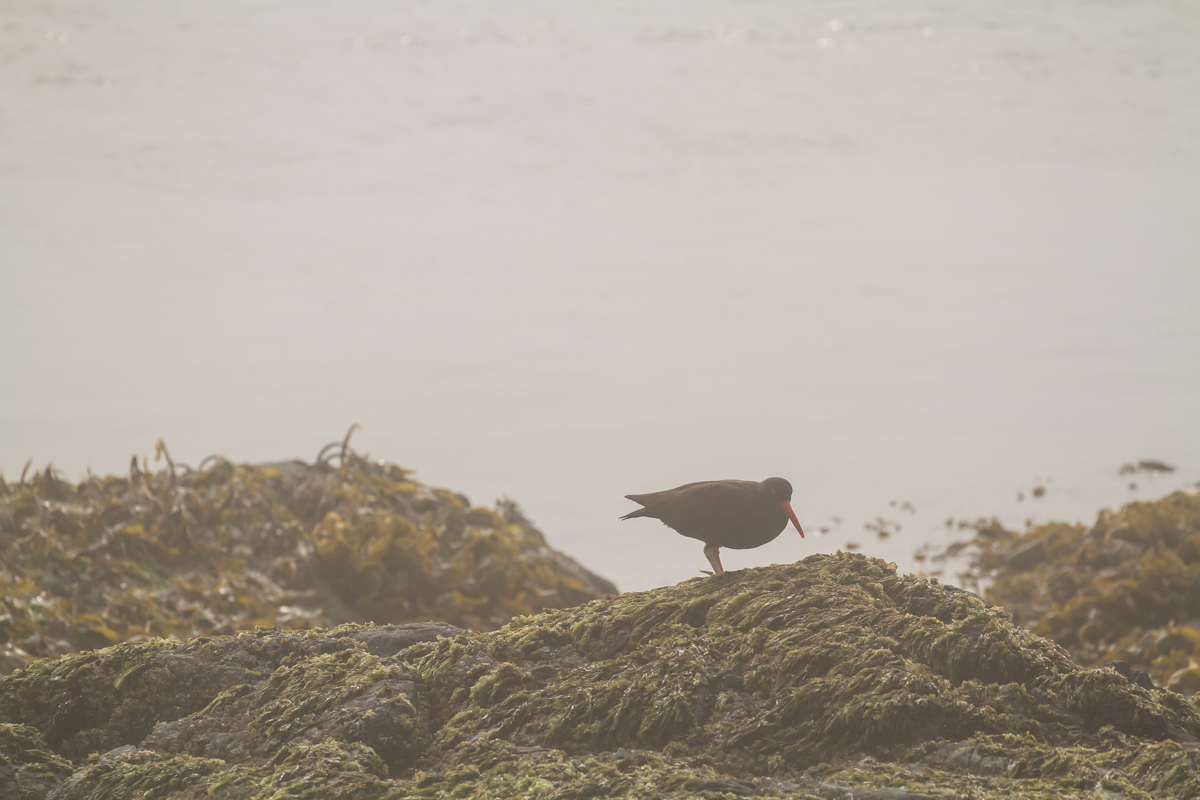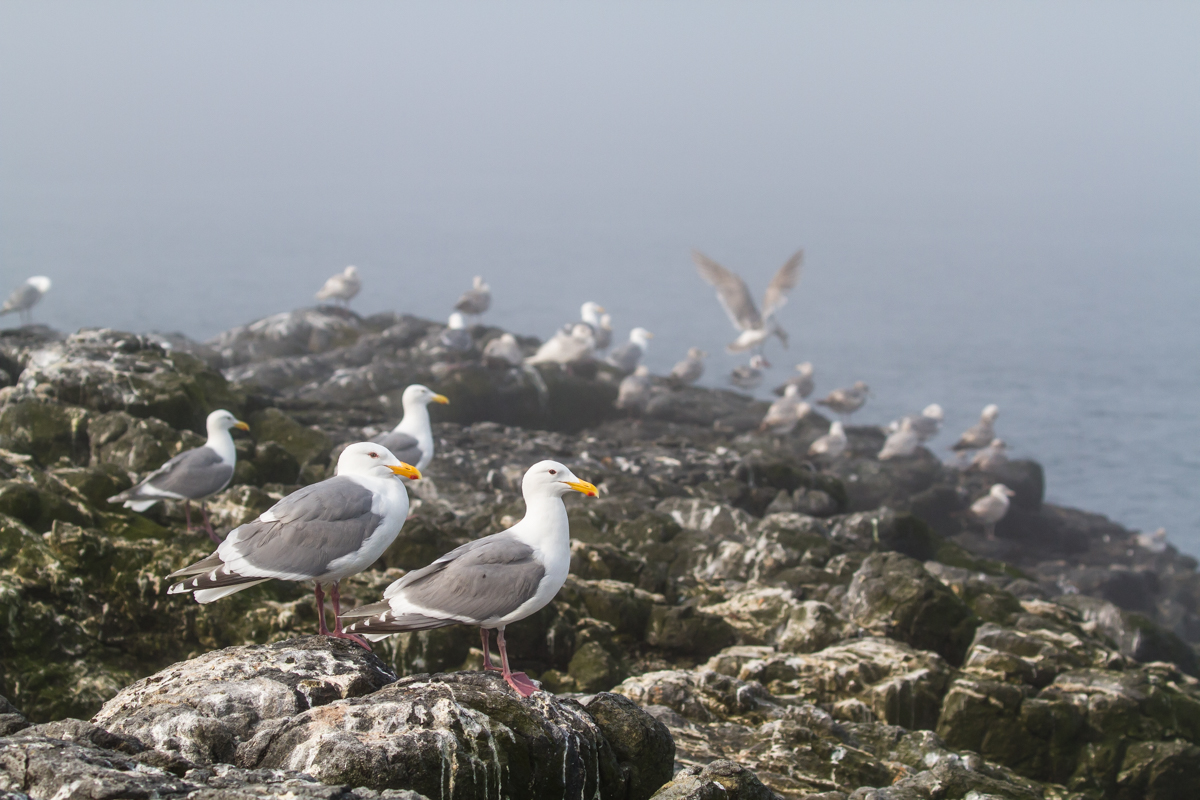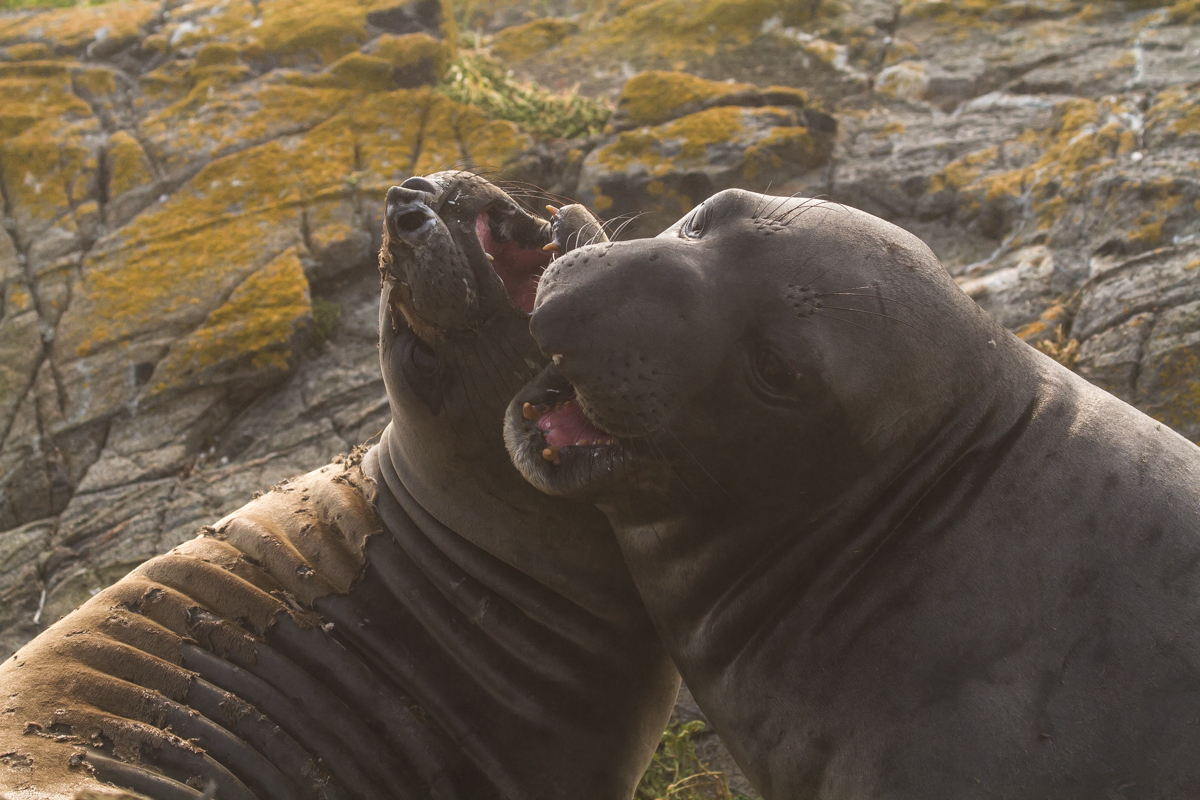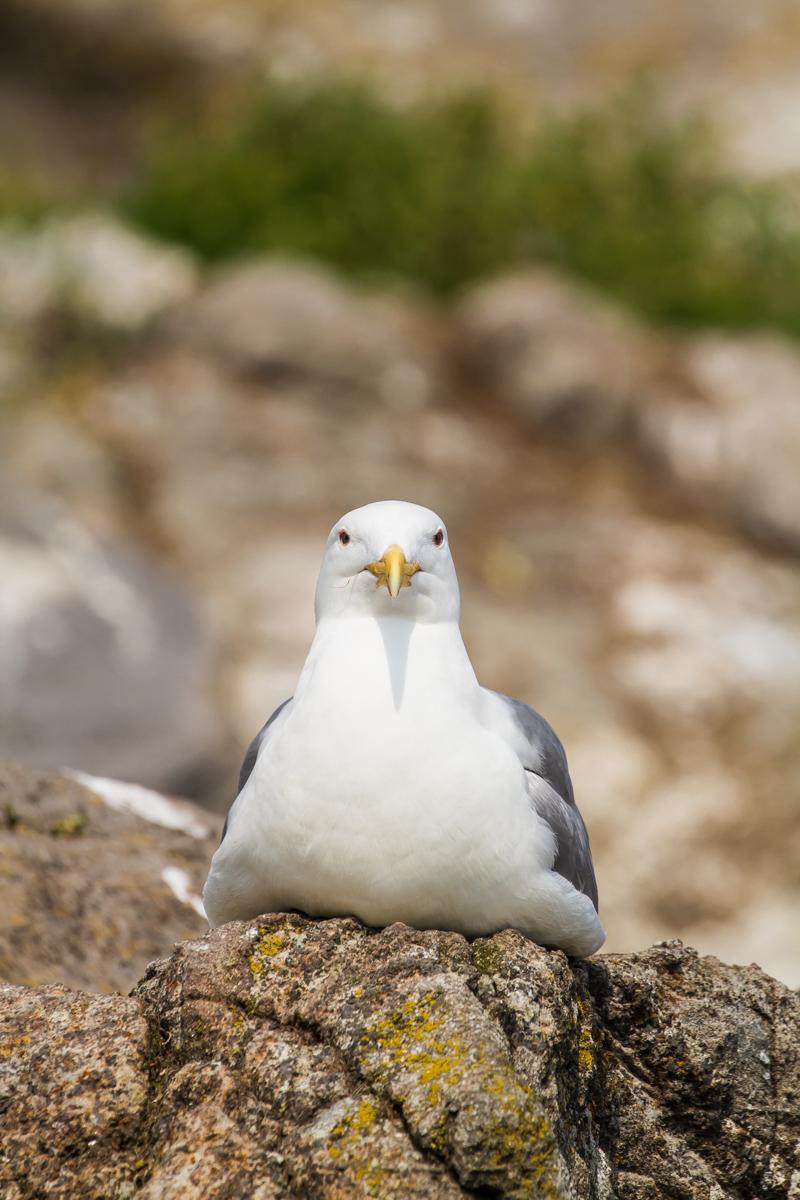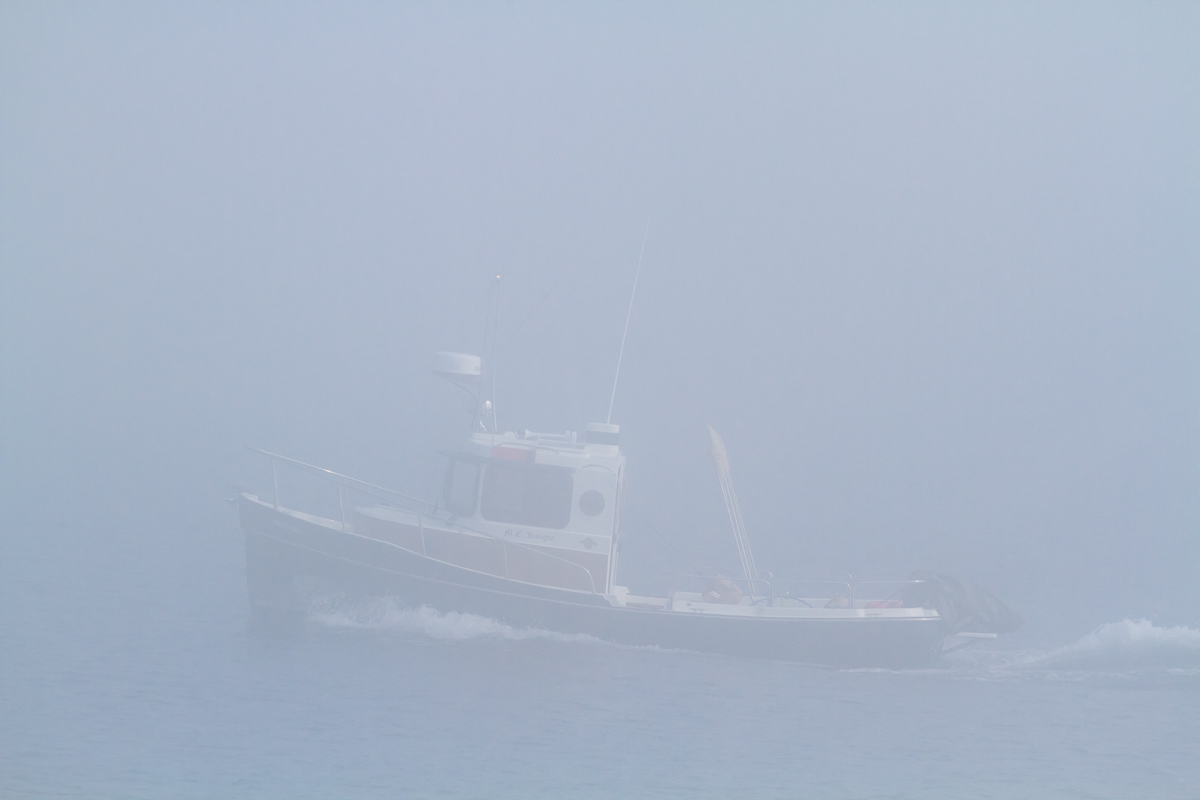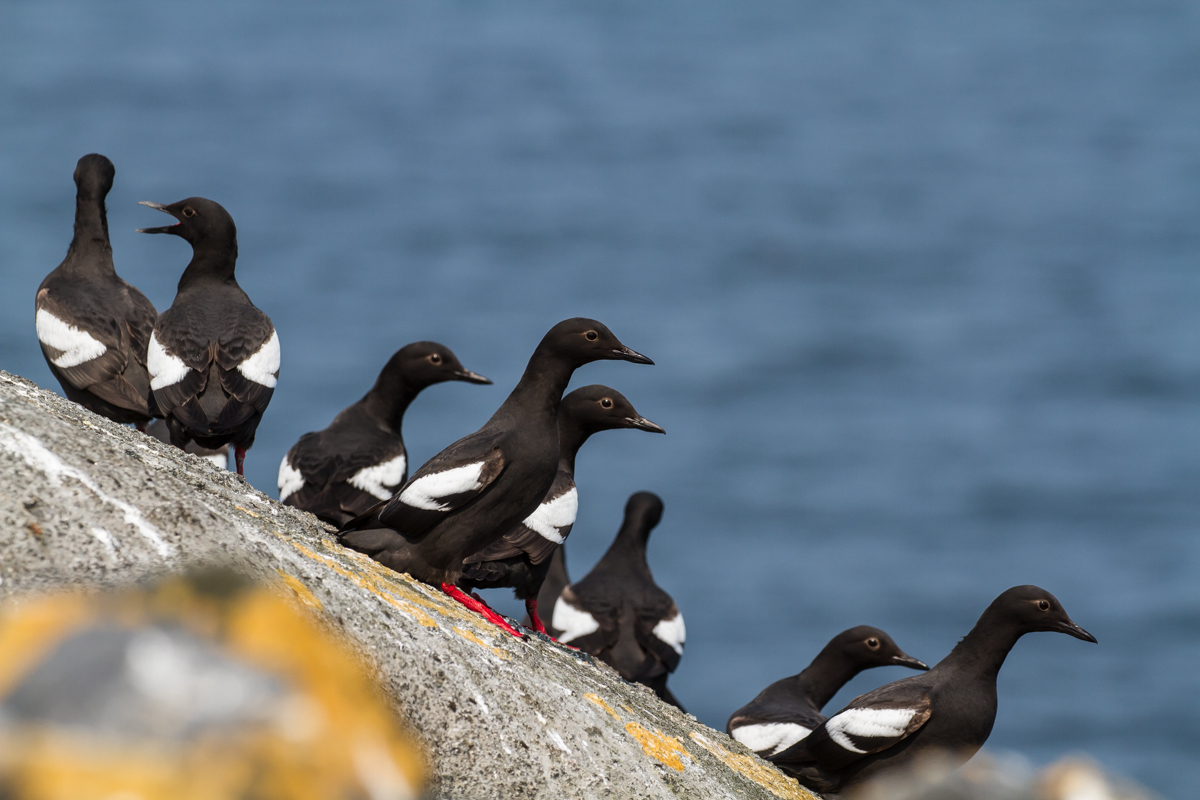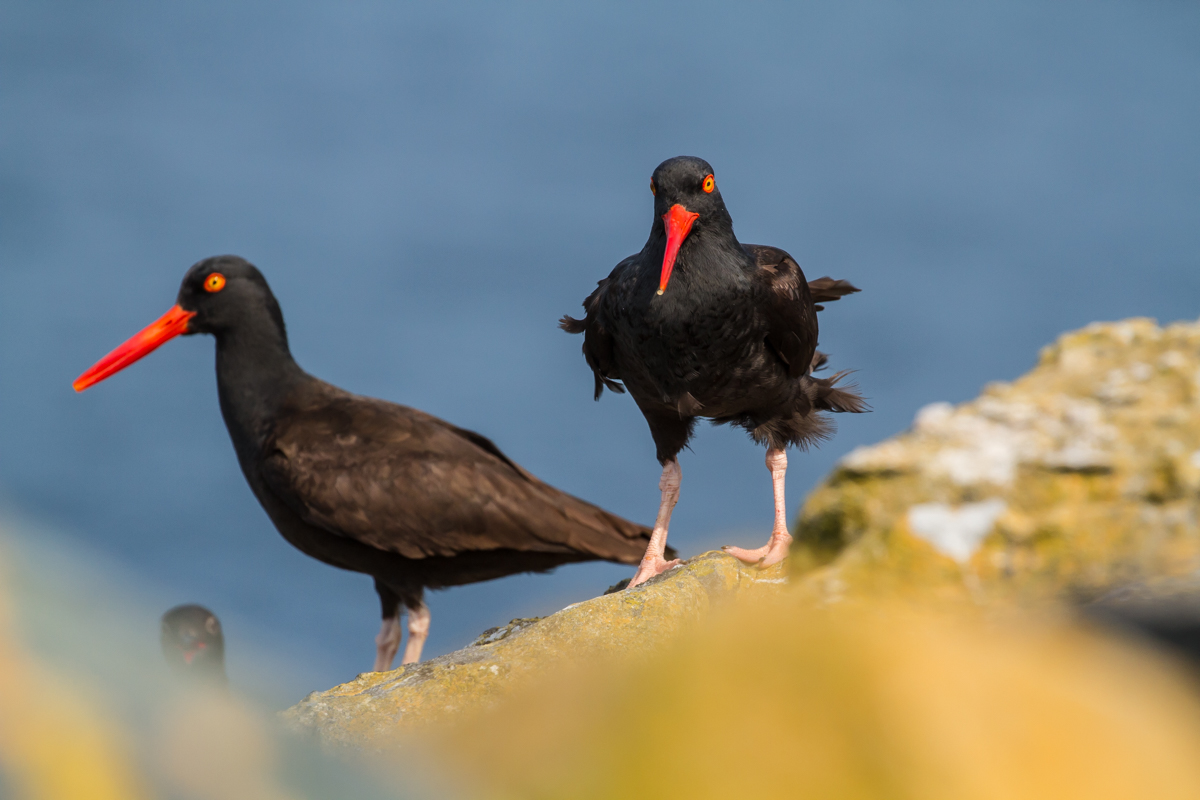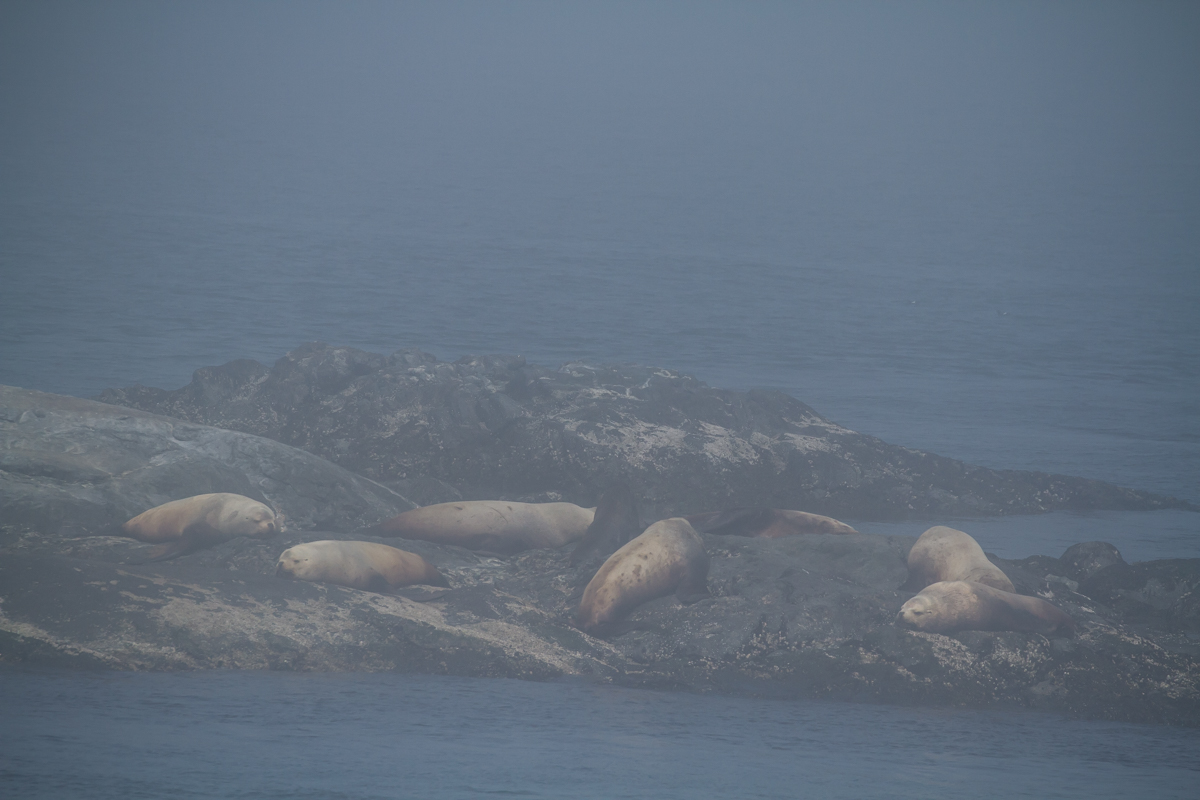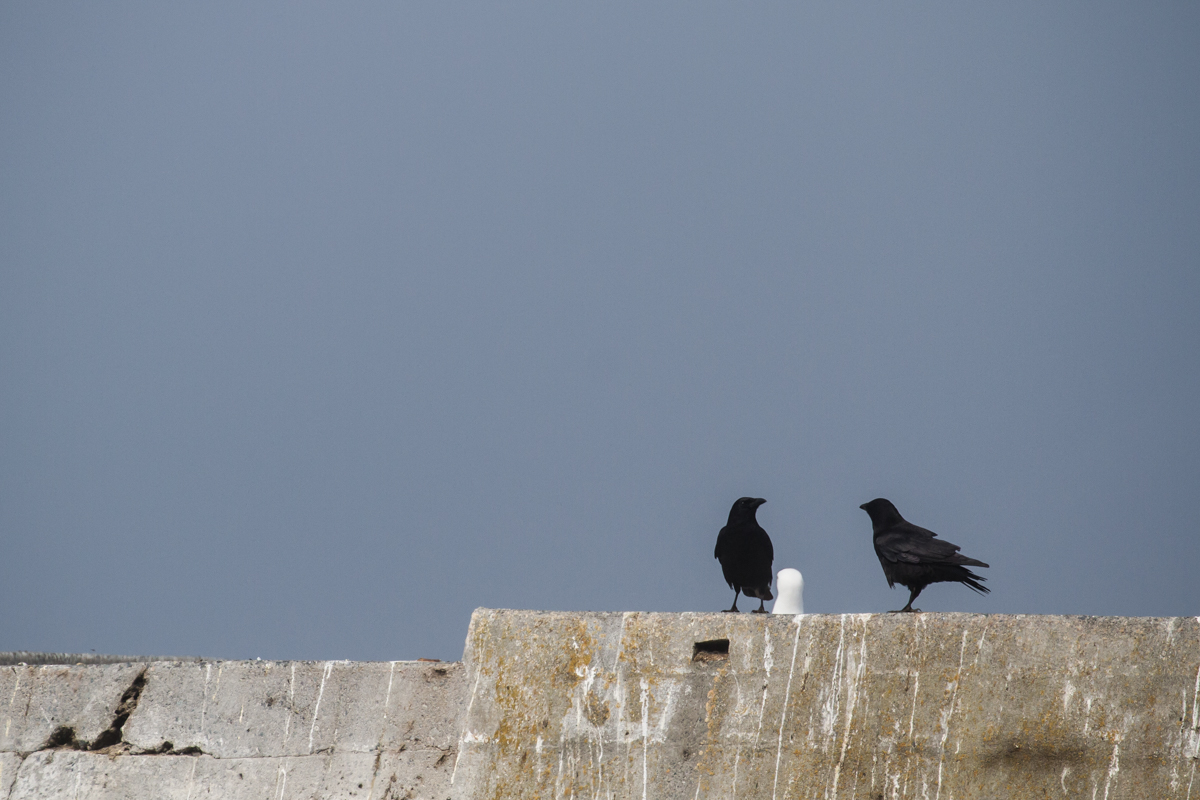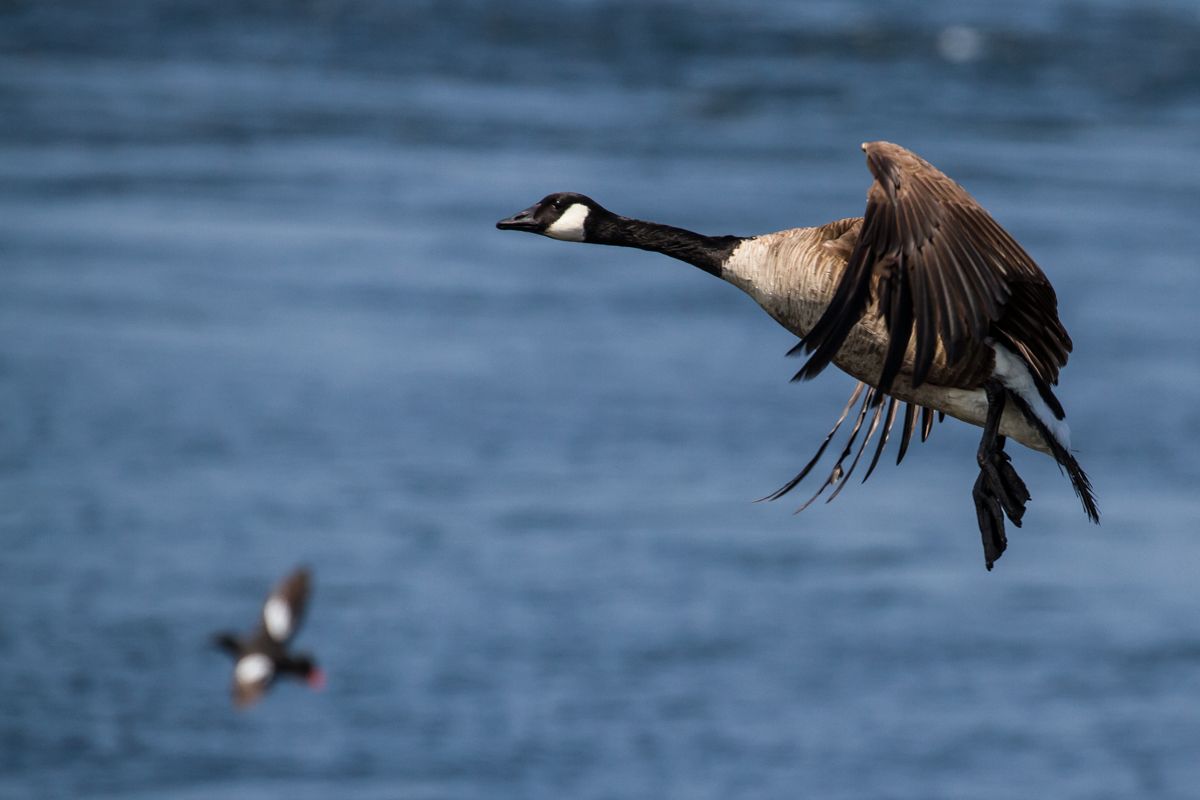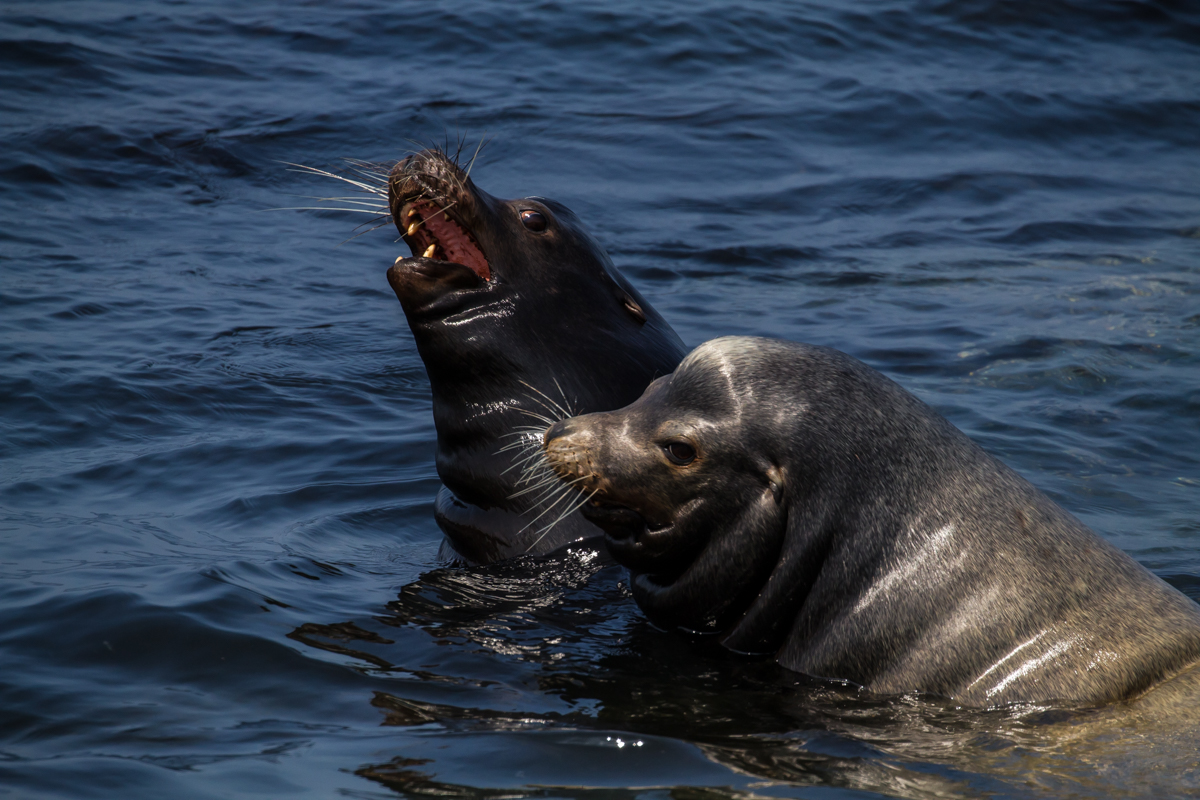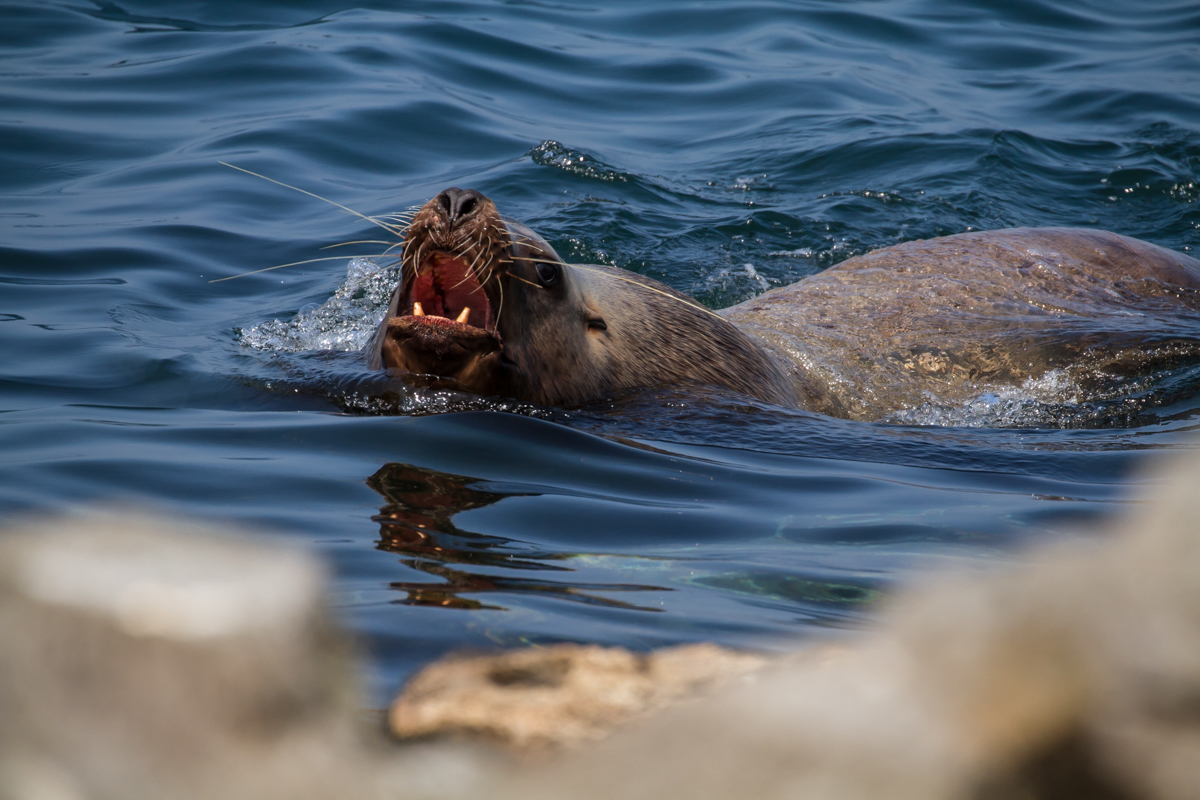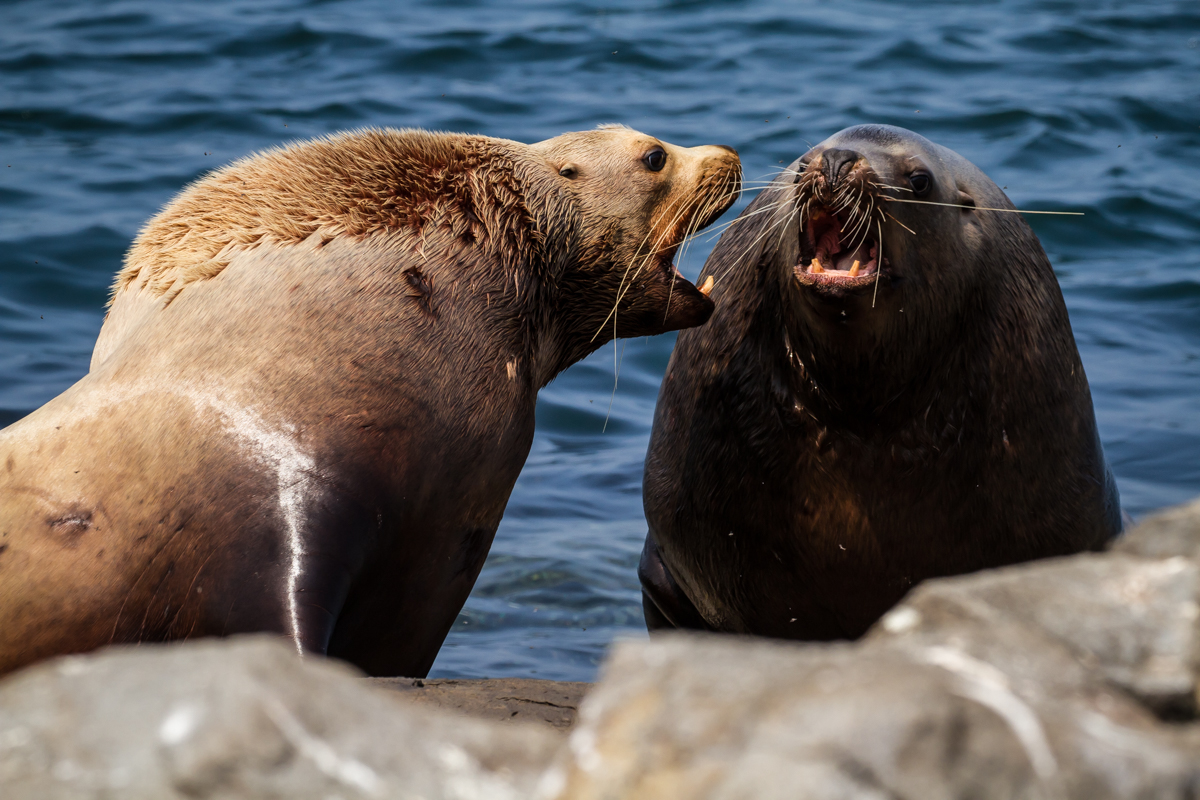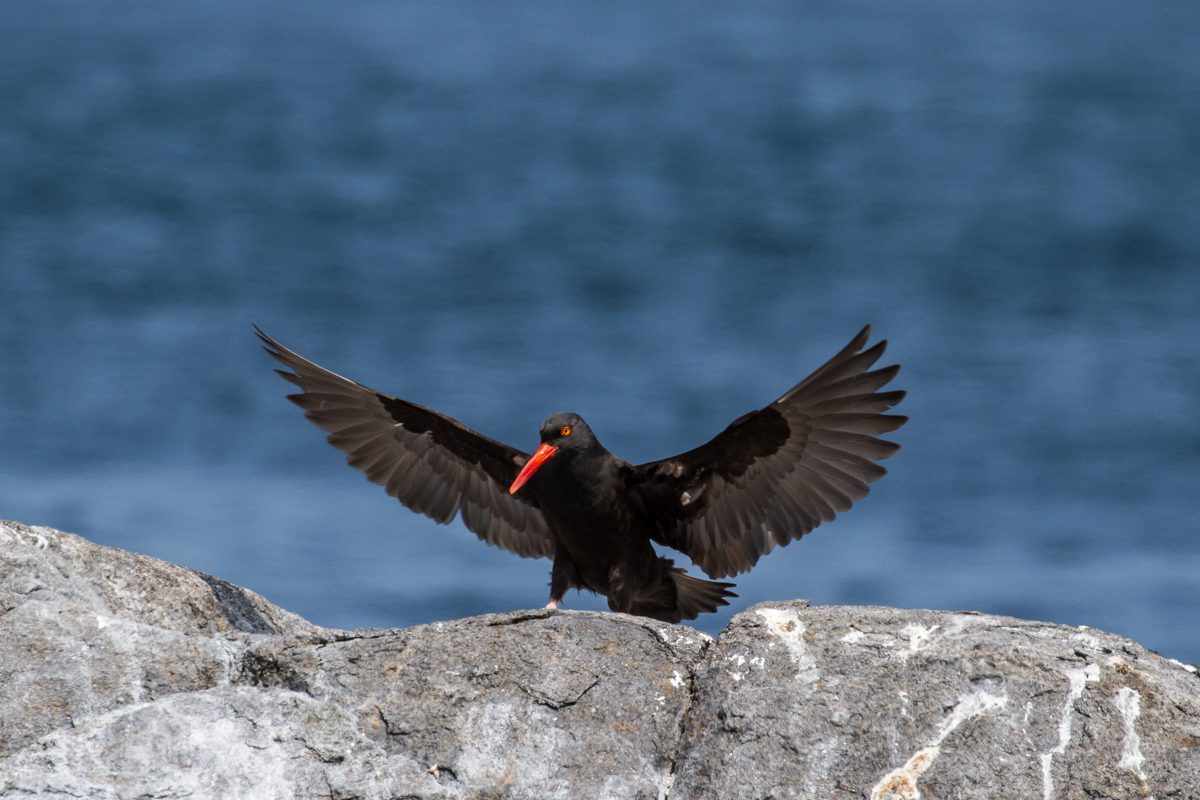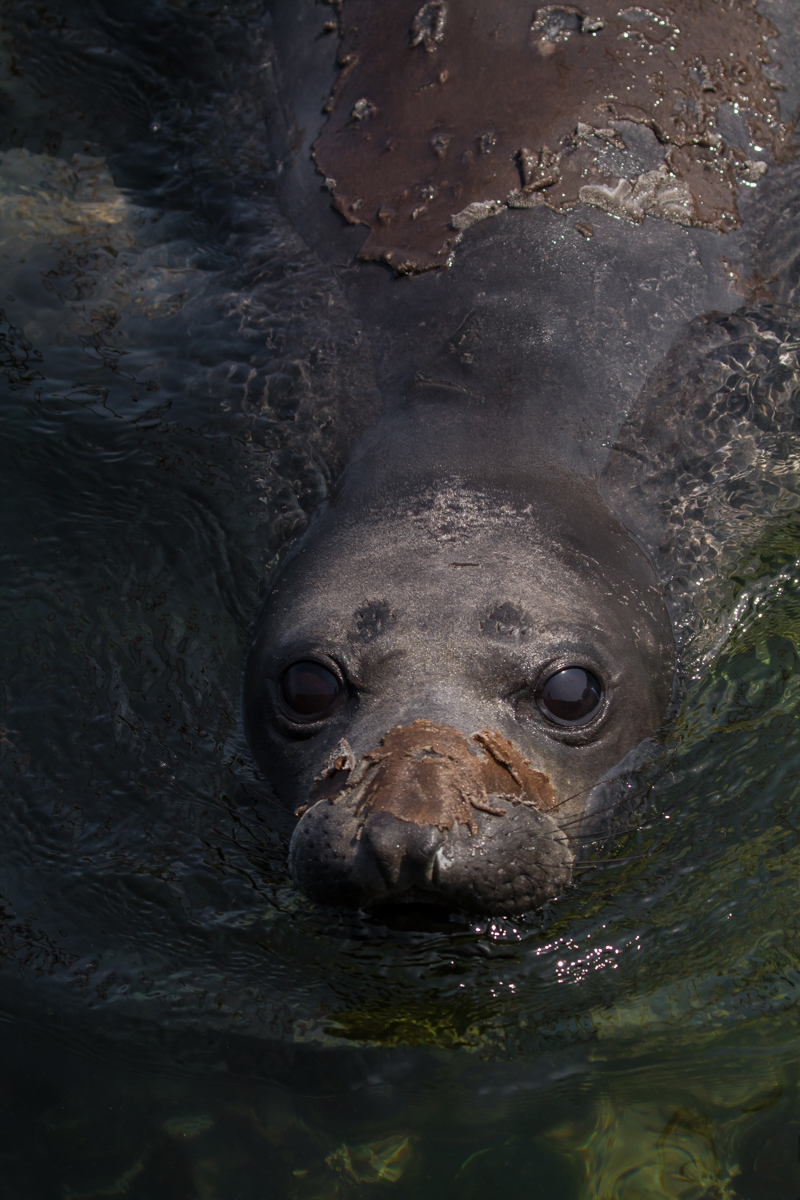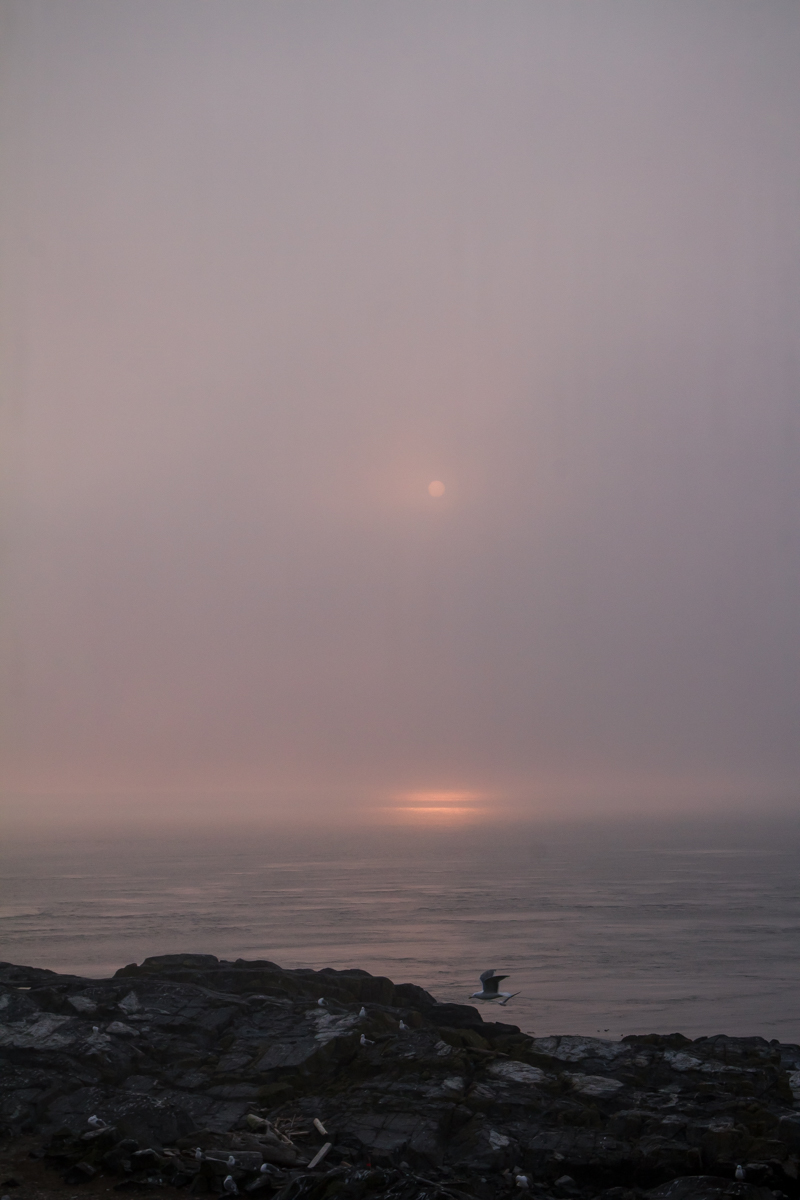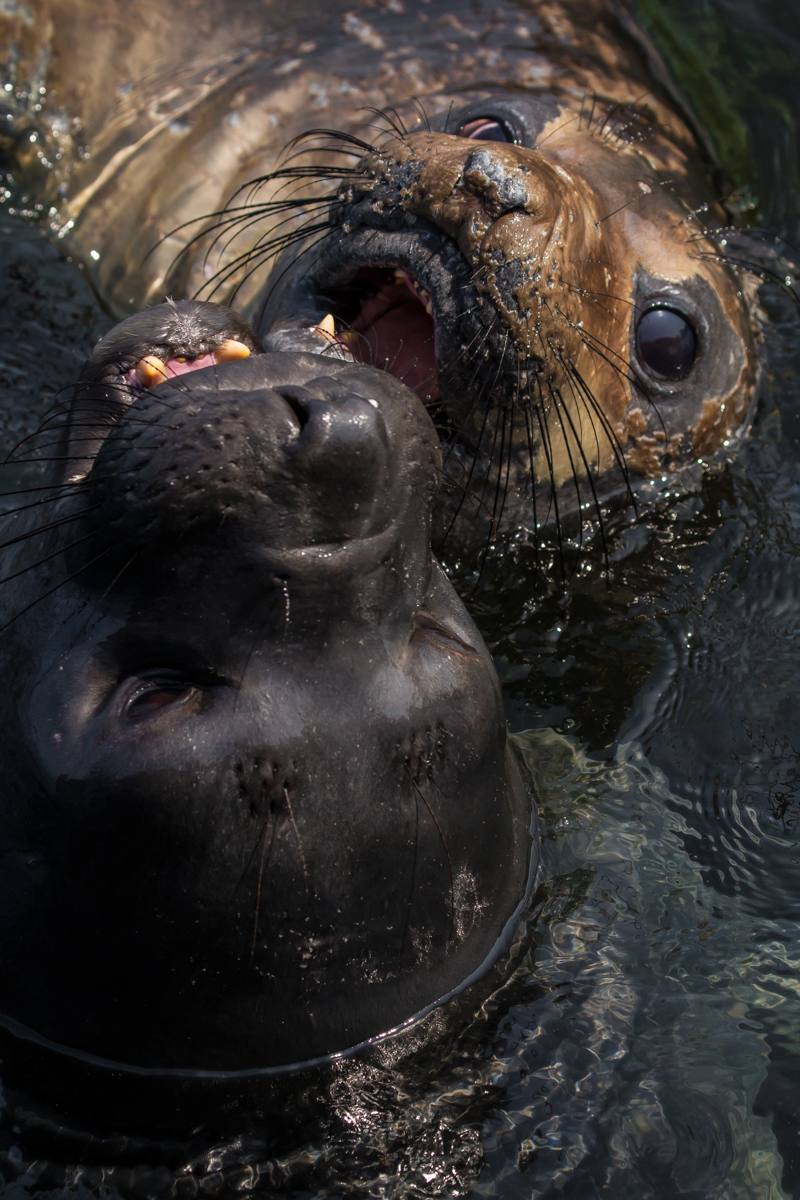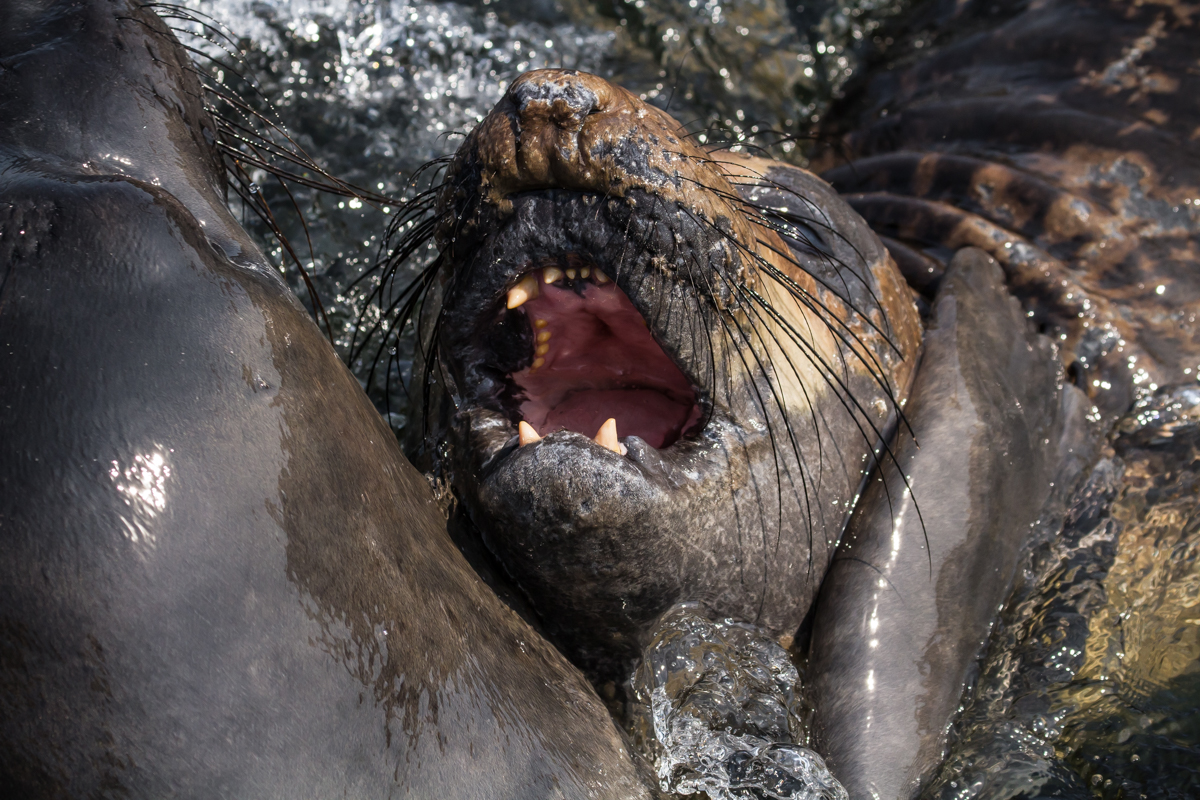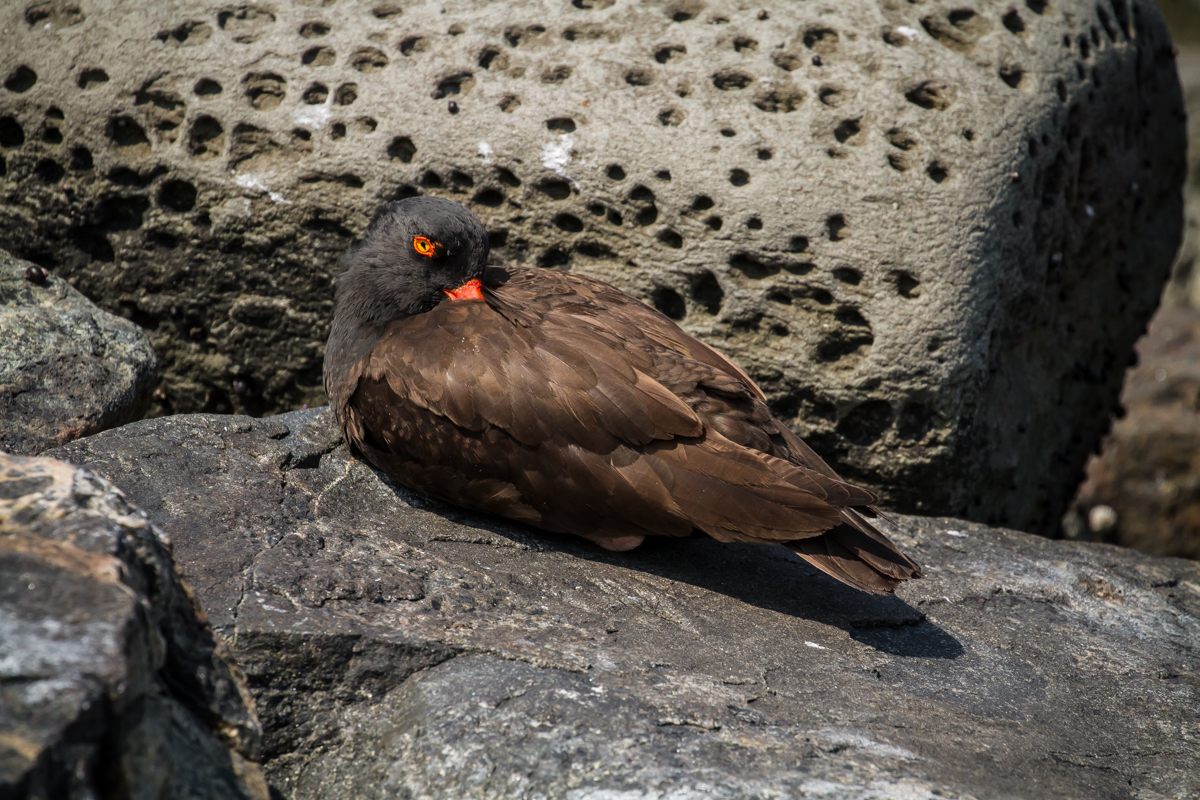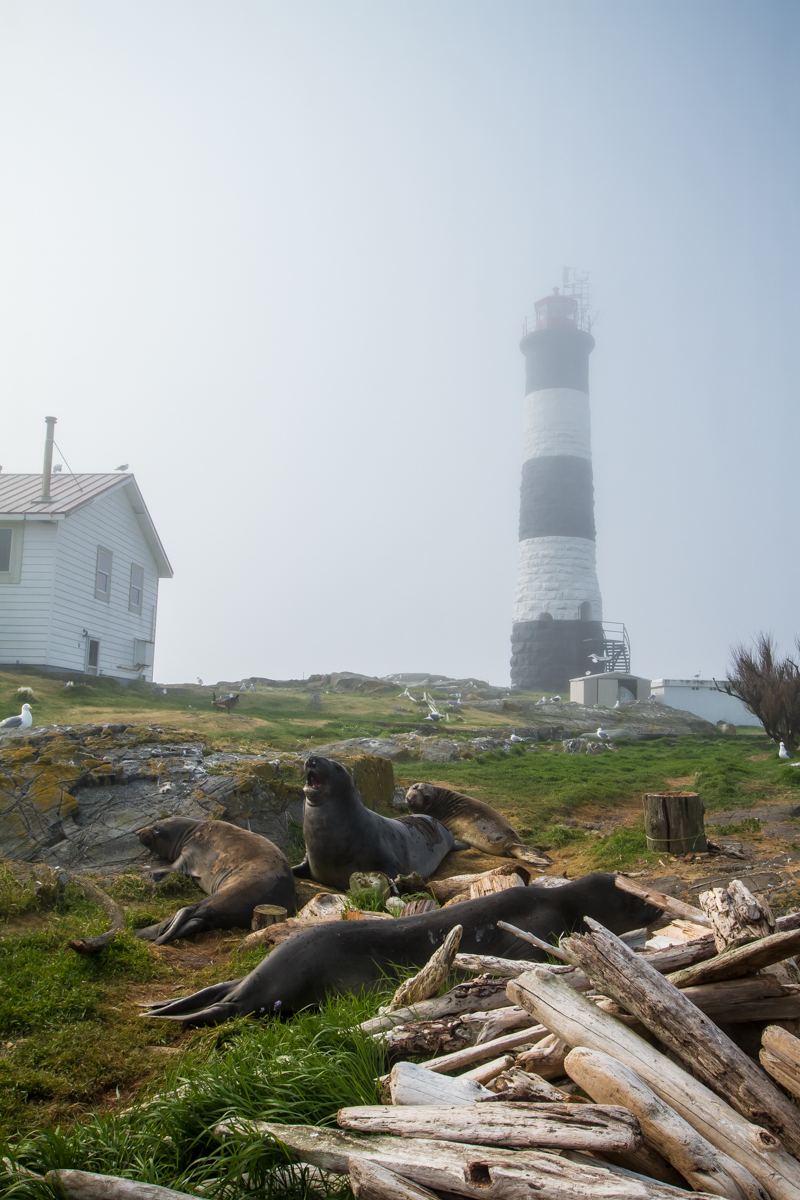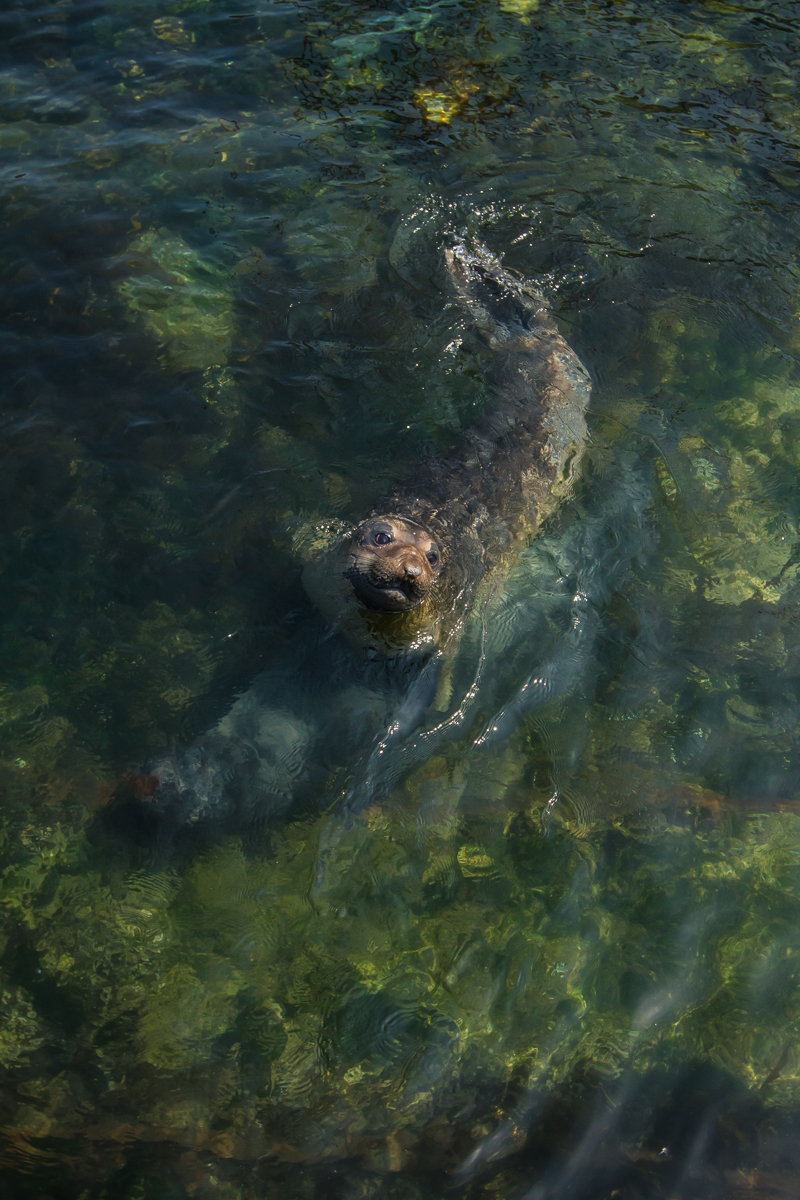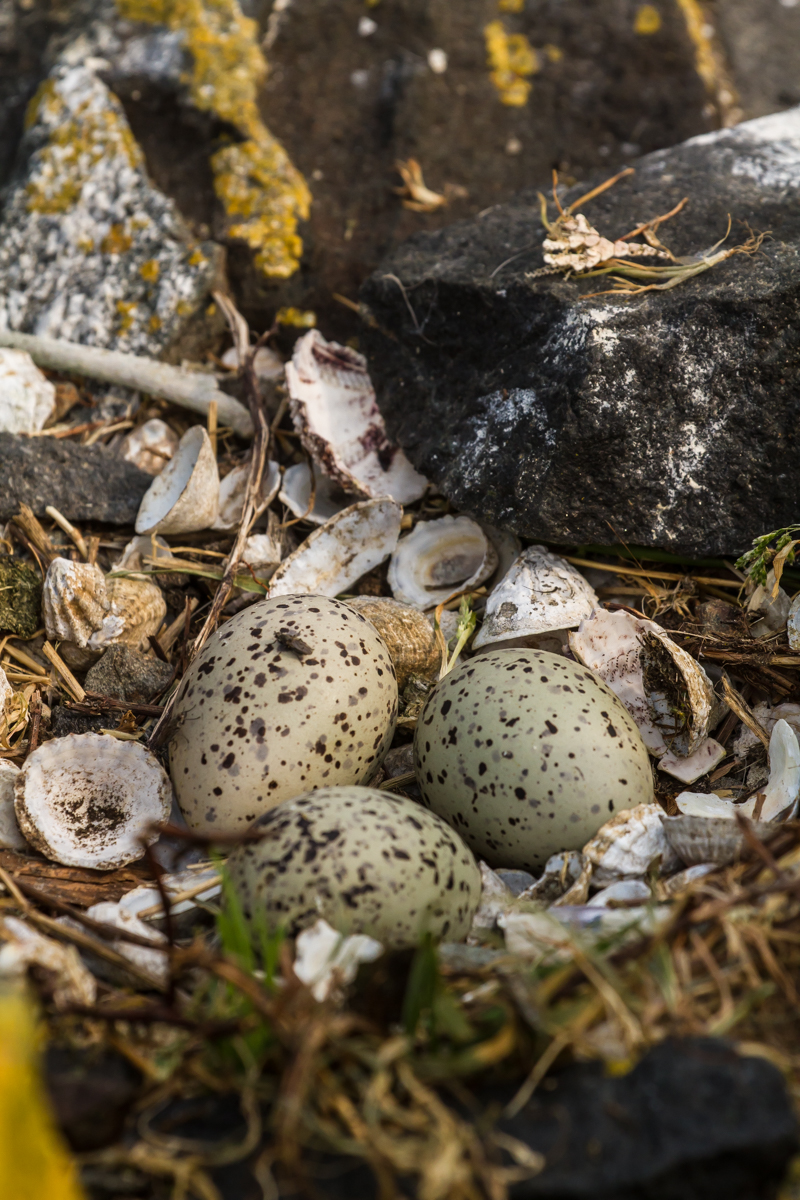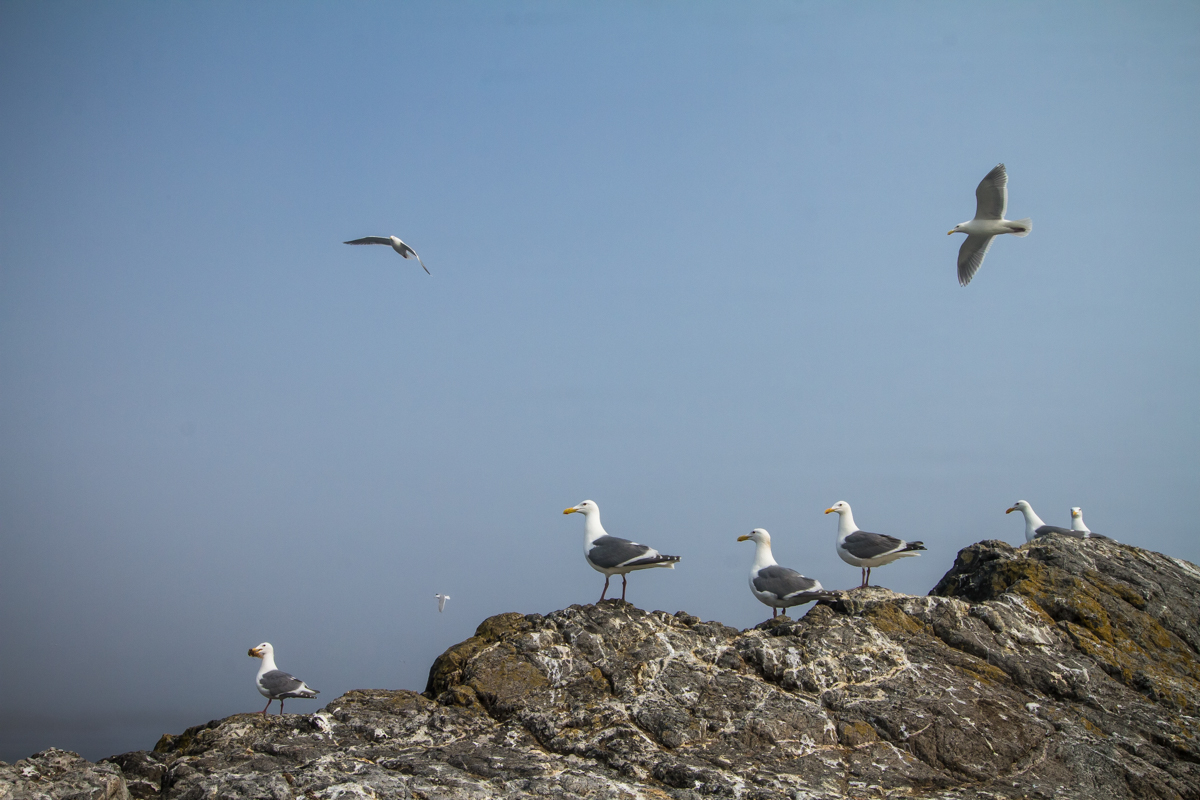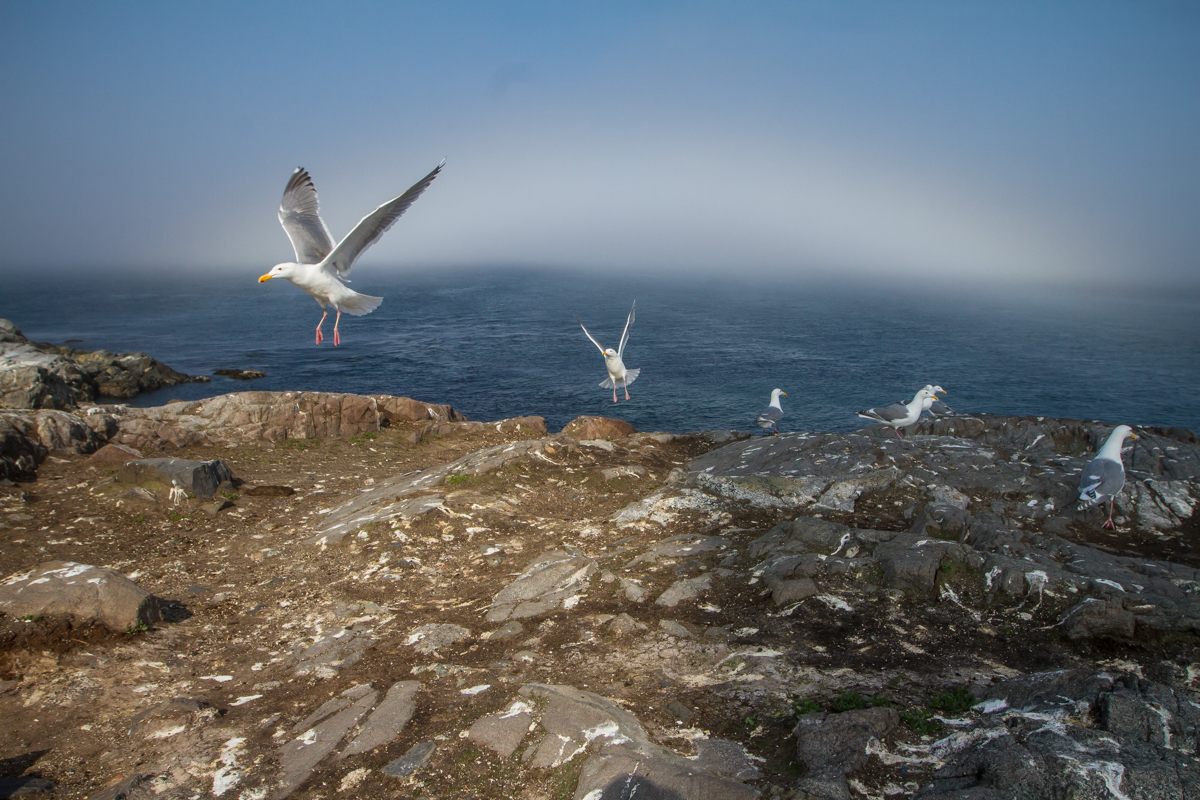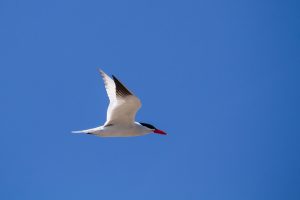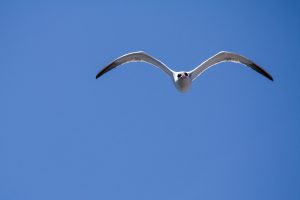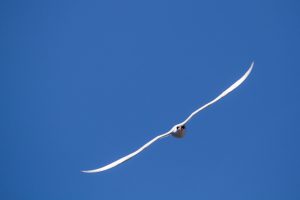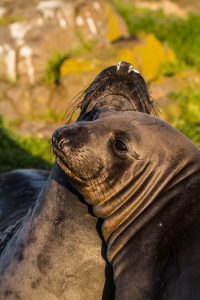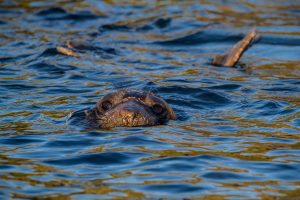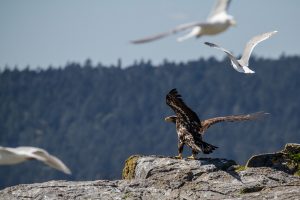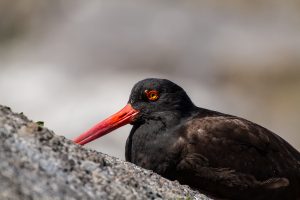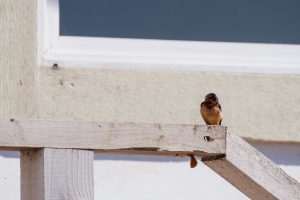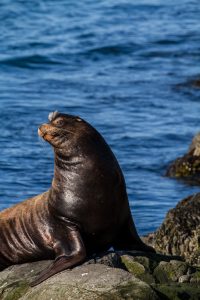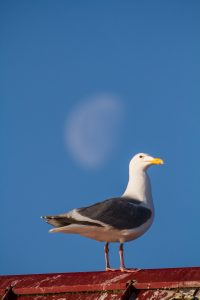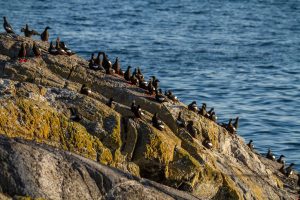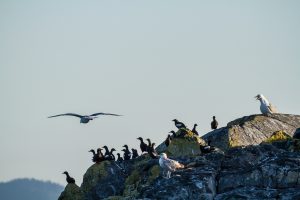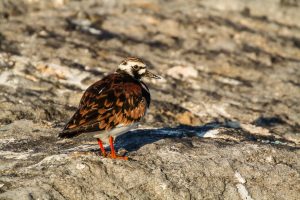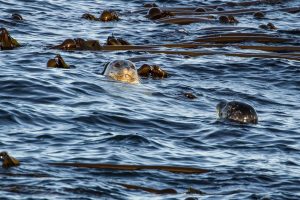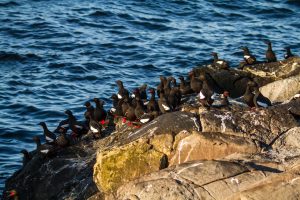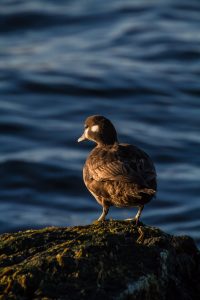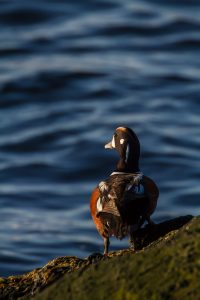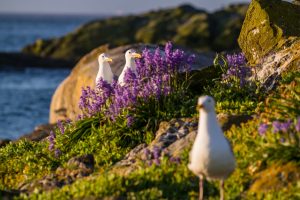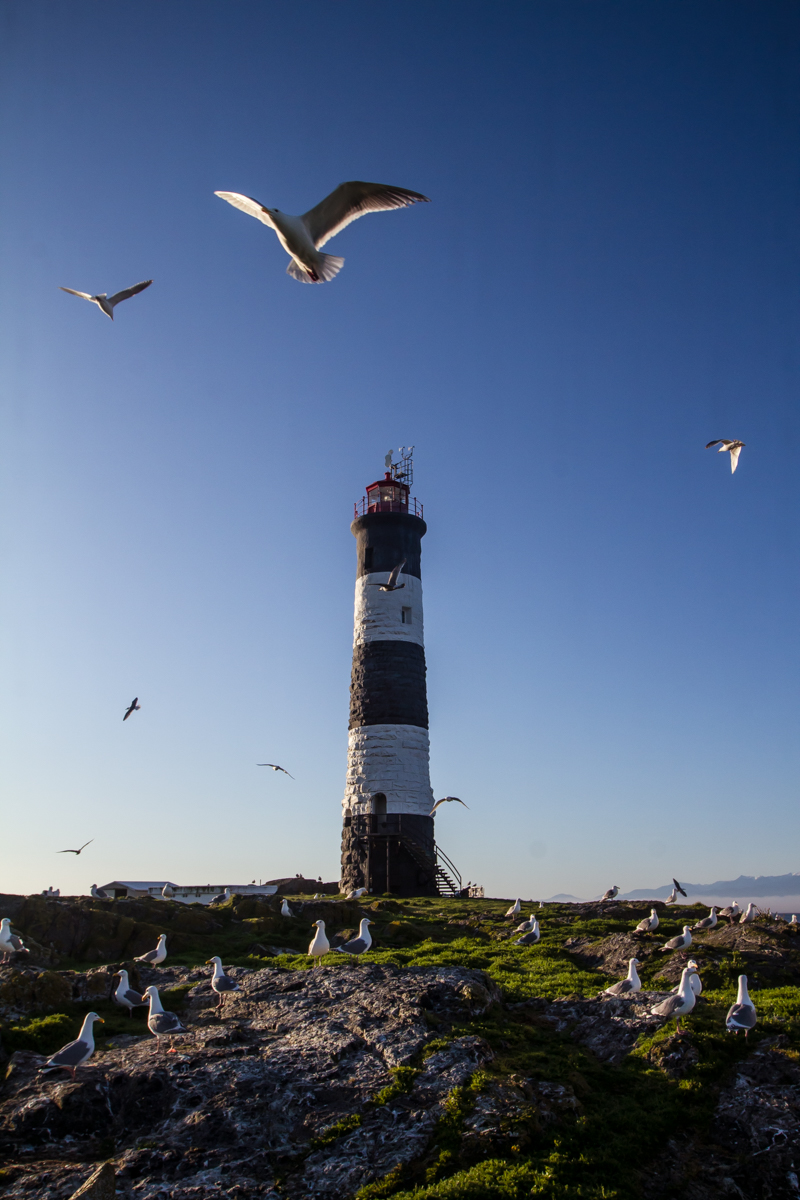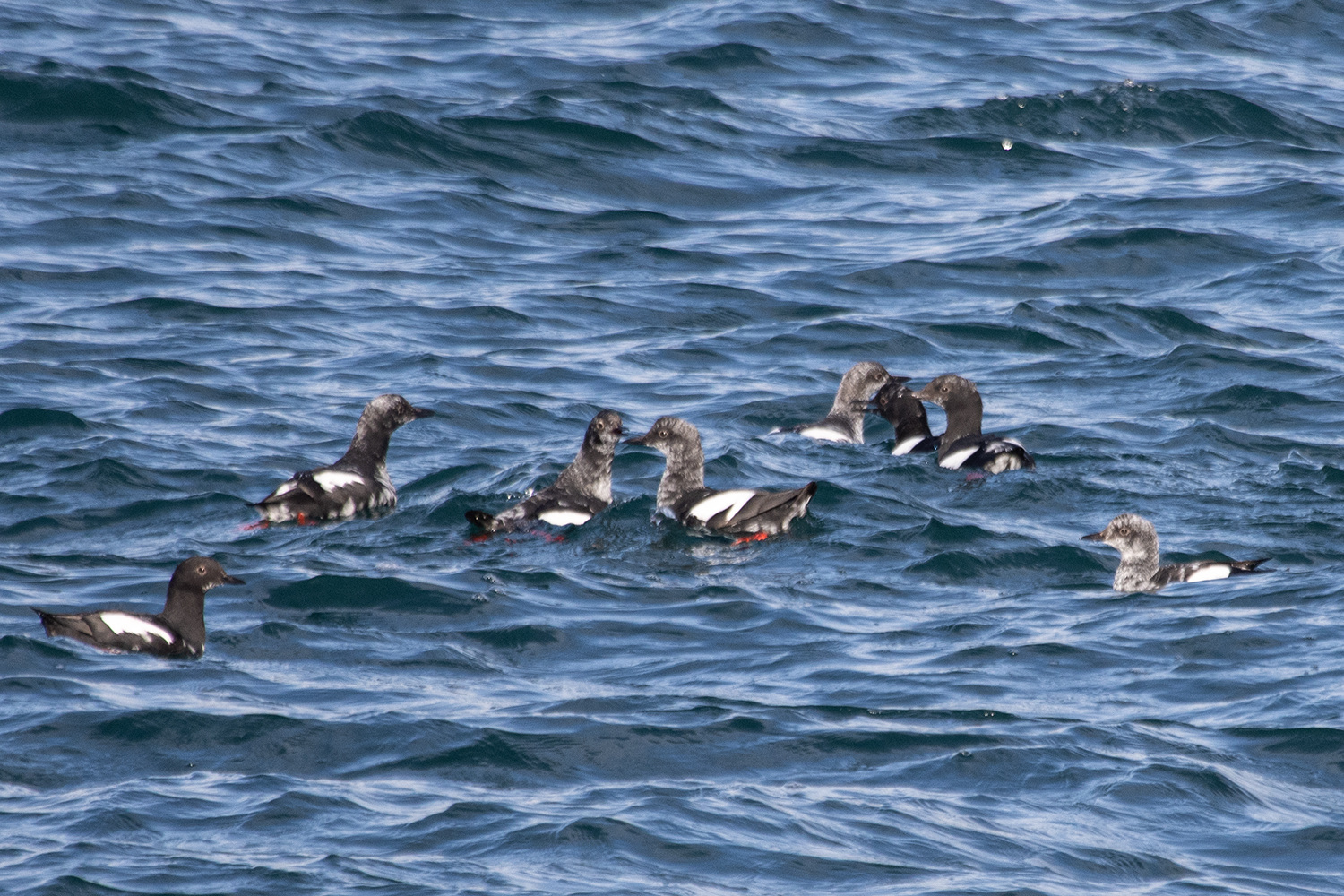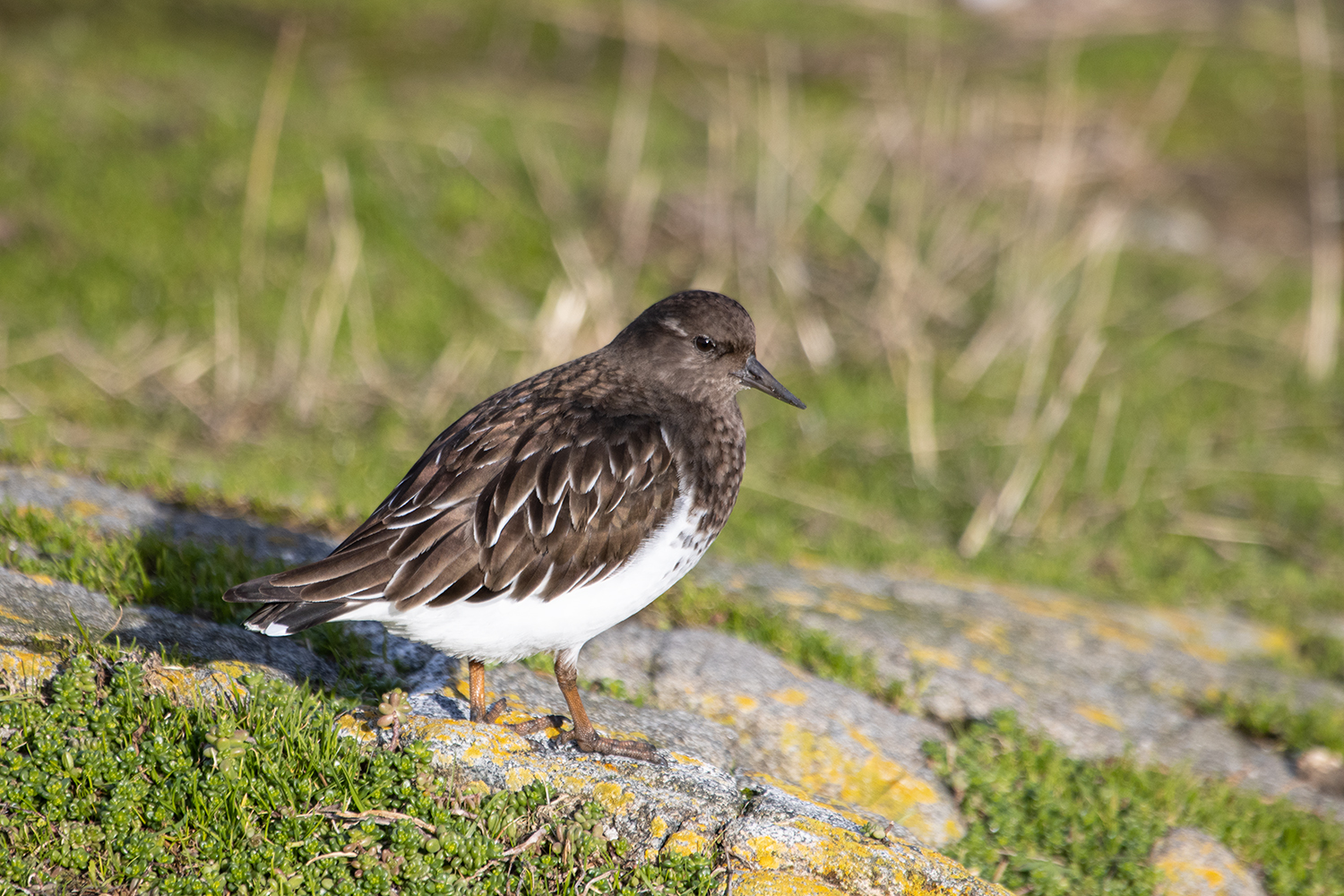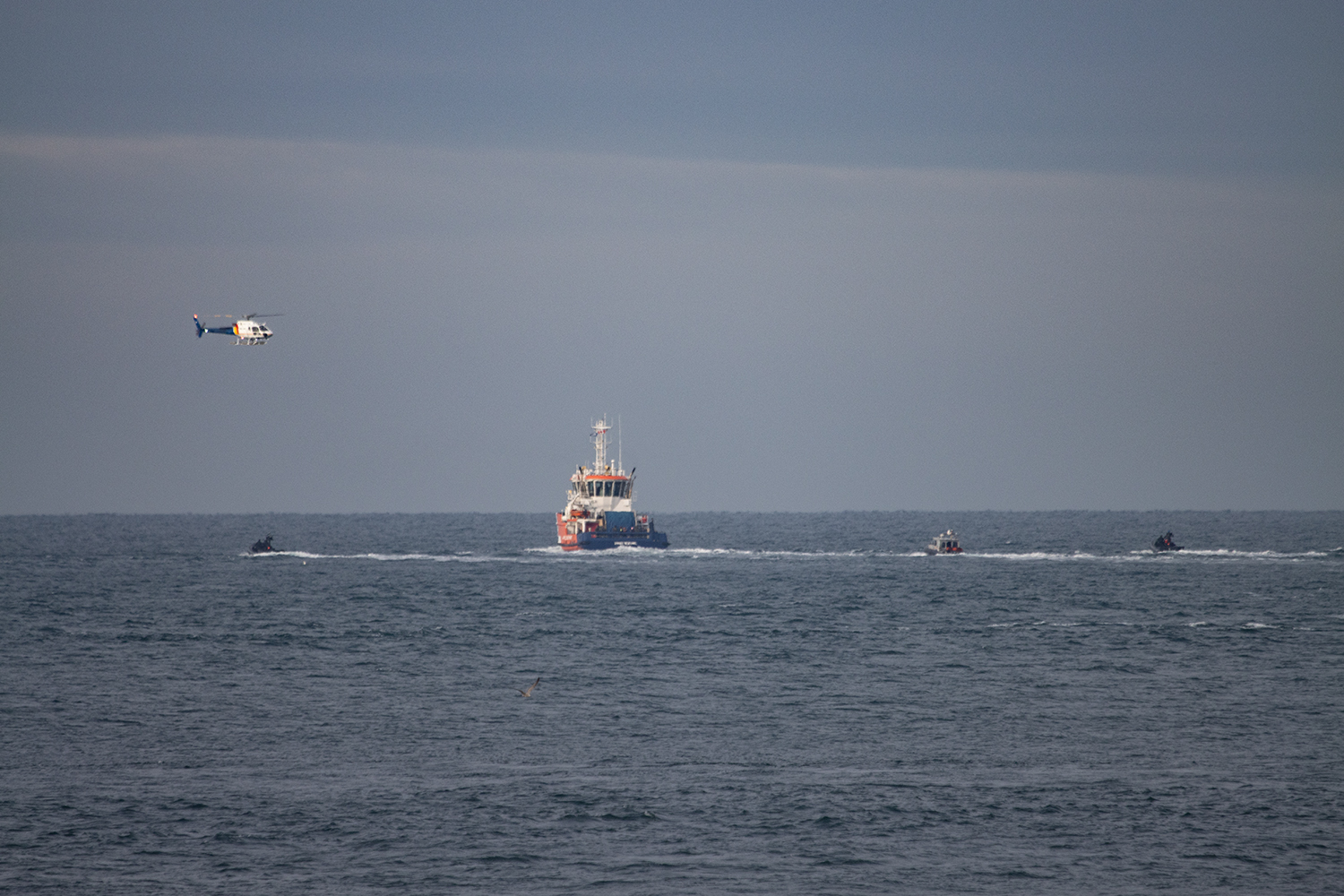Hello blog readers! My name is Kendra, and I am the new Ecoguardian here on Race Rocks, so I thought I’d introduce myself.
I grew up in Tsawwassen, BC and have been in love with the ocean and all its creatures for as long as I can remember.
My background is in veterinary medicine, and I’ve been a Registered Veterinary Technician for 8 years now. Much of the work I’ve done in the veterinary field has been marine related. It all started back in 2017 when I worked in sea turtle rescue and rehabilitation in Australia and got my advanced diving license. Shortly after that I returned home to Vancouver where I worked in marine mammal rescue with the Vancouver Aquarium for 4 years, and absolutely fell in love with harbour seals – who remain my favourite animal!
For the past 1.5 years I’ve worked for Fisheries and Oceans Canada supporting Southern Resident killer whale recovery before moving into a marine mammal rescue and response role which brought me all over the BC coast.
Marine mammals are my passion and I’m so lucky to be living here on Race Rocks, fully surrounded by them. I must admit that I am not as familiar with birds, but I am quickly learning as each day goes by here and I’m enjoying watching all of the different behaviours and mating rituals.
March 6th Animal Census:
Birds
- Bald eagle adult: 3
- Bald eagle juvenile: 7
- Turnstones: 2
- Gulls, Glaucous and Western: 74
- Cormorants: 46
- Pigeon Guillemots: 53
- Oyster catcher: 20
- Canadian goose: 4
- Surf Birds: 3
Mammals
- Steller sea lion: 20
- Harbour seal: 44
- California sea lion: 26
- Elephant seal male: 1
- Sea otter: 0
- Animal Tracking and Injuries: none
Ecological Notes:
- 1 lone male elephant seal
Visitors:
- 1 alumni for a visit
- 2 guests for tour
Facility Work:
- Gardening
- Pressure washed the final bit of the jetty
- Split lots of wood for fires
DND events:
- 2 blasts March 4th at 14:30, no noted impact to animals but quite loud
- 5 blasts March 5th at various times throughout the day, startled nearby birds but they quickly returned
Noted Vessel Traffic:
- Ecotourism vessels, the same 2-3 seem to pass by each day
Feature Event:
- Transient orca passed by along the outside of the reserve but didn’t come through to hunt!
Weather Events:
- Monday, March 04:
- Sky: Sunny morning clear, 15:00 dark cloud and hailstorm!
- Wind: High WNW 21 knots, low of 0 knots in afternoon
- Sea: swells in the morning, chop picked up later in the day
- Temperature: Low 0oC, High 5oC
- Tuesday, March 05:
- Sky: Bright blue sky morning and full sun all day
- Wind: High of W 21 knots, low of SE 2 knots
- Sea: Flat calm all day long
- Temperature: Low 3oC, High 4oC
- Wednesday, March 06:
- Sky: Overcast, brief snow/hail at 10:30am
- Wind: High of N 23 knots, low of E 2 knots
- Sea: Calm, slight ripple
- Temperature: Low 2oC, High 5oC
** All wildlife photos taken at the furthest distance possible, and may be cropped to improve detail! **
Weather – Current:
http://www.victoriaweather.ca/current.php?id=72
Weather – Past:

